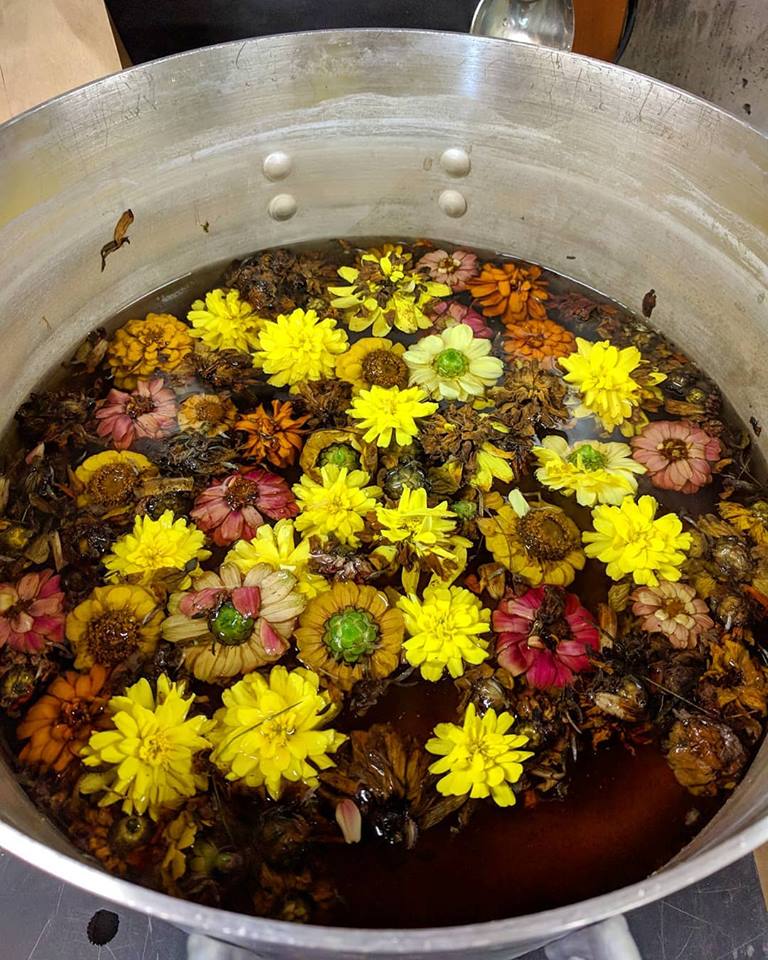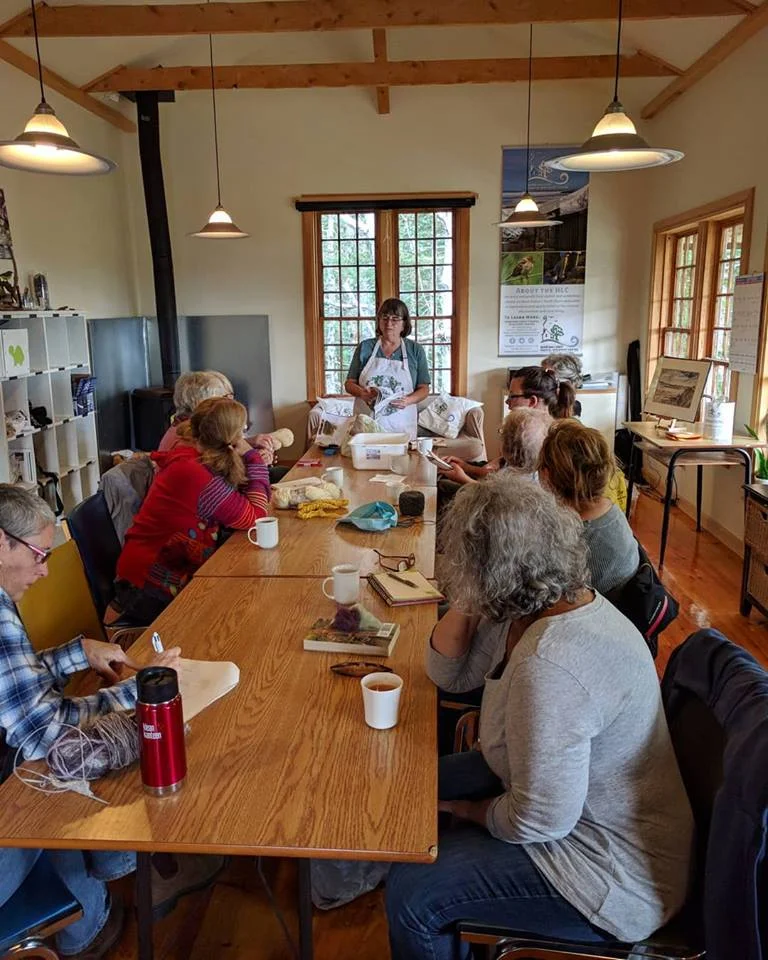We are looking for volunteers and hirees to come wrap the season up! The month of September brings cabin winterizing and cleaning, garden work, grounds prep for the colder months and hosting our last few guests at the HLC. If you would like to lend a helping hand please email lesleysmith@eastlink.ca or susannadfuller@gmail.com
So Long, Summer!
What an incredible experience it has been to return here for my second year at the Harrison Lewis Centre. When I was contacted by the HLC to come work on these grounds again, I leapt at the chance to leave behind my lifestyle of isolation and the virtual world, and reconnect with community and nature in this little piece of paradise. As the groundskeeper, my duties included many physically demanding tasks, which were a welcome relief from the static of the pandemic. From taking care of the farm animals, to building structures, to stacking wood, to lawn-care and trail-making and everything in between, I can say with conviction that putting in an honest day’s work is rewarding as all get out. Back aching, grin wider than the view, what a thrill it has been to plunge my calloused hands back into the dirt and watch everything around me grow.
Working alongside Molly and Jenna these last six weeks has been a real privilege. The things I have learnt from these two driven and successful young women have granted me a glimpse into the next generation’s thoughts, which are greatly shaped by the reality of climate change and the urgency for education and activism in environmental causes. The workshops they put on through the HLC saw people of all ages and outlooks come together to have meaningful conversations about the local and larger-scale states of the environment. From practical to philosophical approaches, the words exchanged with guests, speakers and the team have reassured me that there are many of us who aim to hearten a culture of respect for nature and for real systemic change to continue to take place and garner momentum. As Molly and Jenna have now returned to the city in preparation for the upcoming school year, I find myself bittersweetly checking off the last few items on my list before I take my leave from this place so dear to us all.
Part of the beauty of the Centre revolves around the holistic practices we employ to learn and teach about sustainability. We find a use for just about everything that grows, from preparing great meals from the garden for our event attendees to berry-picking for our very successful jam-making workshop (raspberries, rhubarb, blackberries, currants, chokecherries, you name it!), to steeping sweet-fern tea, (an immune system booster and poison ivy remedy), the land provides! And what we can’t possibly fill our boots with goes right to the trough to fatten up our sweet and friendly pig. I am eager to take these lessons back with me and incorporate them into my not so rural life. Living more sustainably is about looking at the big picture, no matter where we are, busy city or in the boonies, and infusing our lives with practices that hold a balance and reciprocity with the land. The HLC provides a place for young and old to explore and cultivate these abilities, and for curious minds to research the many lichens, insects, aquatic life and rare birds with which we share land, sea and sky.
And with that, so long I say! To all new friends I’ve made this summer! To Dirk, founder and very dear friend. And farewell to Nova Scotia, the sea-bound coast... I’ll return next year to see what fruit the Harrison Lewis Centre 2022 season brings. Sure hope to see y’all there.
Val
Joys of July
July! What a month. It’s as if our June beach clean-up washed away the fog and colder days to welcome summer sun and life at the HLC! Our gardens are blooming, and so are community connections. From appearances at the farmer's market to a soul-fulfilling workshop, July has been filled to the brim with smiles and sunshine.
Summer staff Molly and I (Jenna) have been busy at work. With both the onsite garden beside the cookhouse and the large garden plot next door exploding, we’re needing to tend to the soil and sprouts near-daily. Such a hard life; having to eat the mountains of mouthwatering raspberries and crisp garden lettuces!
The garden treats have started making their way into workshop dishes and neighbourly feasts. Good food and good friends really are the highlights of summer. Beyond the garden harvests, Molly and I have been making sourdough bread, which was much appreciated by the Nature Conservancy of Canada guests. We also happily harvested boatloads of chanterelle mushrooms to sell at the farmer's market. Thank you to all the kind folks who purchased them in support of the HLC; we hope you made many a decadent meal with them!
If you catch us with Chantarelles at our next market stand, here are some ideas we got for how to use the bright orange forest treasures: on pizza, in scrambled eggs, in stir fry, on burgers, in pasta, on salads, in soups, in risotto, and more!
Our Water Protection Workshop guests enjoyed the veggie burgers pictured above. While the potluck and all included meals were remarkable, the true treat was the deep conversation that emerged. True to our theme “Critical Conversations on Coastal Conservation” workshop attendees descended into deep-heartfelt conversations about challenging aspects of coastal conservation. We traversed the topics of environmental racism and the interconnectedness of the plane. Both of these are prominent themes in our movie screening of “There’s Something in the Water”. After two days and a long night’s campfire discussion, our little group landed on three social pillars in need of reformation: education, justice, and politics. Until people are honest, compassionate and caring, it will be challenging to dismantle the oppressive and destructive systems that allow for inequality and environmental destruction.
Despite the weight of topics discussed at our workshop, guests left with full hearts. May the same come from our August Coastal Connections workshop (August 21-22nd) where we’ll hear from some local experts on the conservation work currently being done around NS, and what the public can do to become involved.
The end of July marked the arrival of the wonderful Valérie Therrien Virgnon. Valerie, Val for short. Seh is an HLC veteran, having worked the summer of 2019. It’s no surprise she’s back to to visit the grounds, forest and beach , which are all bursting with life. Her eager attitude and strong work ethic have already made themselves apparent. We welcome Val with open arms and are so happy to have her as part of the team!
If August is anything like July, then we’re in for a good month. Fingers crossed for more sunny days and adventures as stewards of the land.
Summer Takes Flight: Birding by Ear and Stuart's Point Cleanup
Our HLC summer programming kicked off last week when the birders arrived. Dr. Sarah Gutowsky was first – researcher, educator, and leader of our much-loved Birding by Ear workshop. She was full of energy, and of stories about the piping plovers she had seen that morning a couple of bays over. The other workshop attendees were a mix of community members and Sarah’s students. They piled out of their cars with bug spray and binoculars, chatting about ticks and eBird and how it was they had all come together to spend three days in Port Jolie learning bird songs.
Jenna and I, Dalhousie students and this year’s program managers for the Harrison Lewis Centre, were caught between curiosity, hospitality, and Covid-19 restrictions. 10 people were allowed to be inside together without masks pr social distancing. This was lucky – we had 9 birders, so they were able to ‘bubble’ for the duration of the workshop. It was an interesting layer to the program planning, especially given that this is the first pandemic season the centre has been operating. Jenna and I developed a contact tracing system and covid-19 screening forms, and organized sanitation stations and safe food-serving practices with a weather eye on the provincial guidelines. Other workshop preparation was more routine: cleaning cabins, whipper-snipping the trails, and creating the menu.
We decided to serve Jenna’s family apple cake as the welcome dish, and the birders filed into the cookhouse for slices of it while Sarah gave a formal welcome. The evening dissolved into conversation, but since the birds rise early, so too must our workshop attendees, and many chose an early bed in preparation.
Sarah teaches workshop attendees the characteristics of bird song.
The sky was flushed orange as Sarah and the birders set out on their Dawn Chorus walk. The birders returned pink-cheeked from the cool morning and excited by the 26 different bird species they identified. While they were out, Jenna and I lit the fire and set out a breakfast of quiche Florentine and chocolate chip banana muffins, with lots of coffee. It was this the birders sat down to, and this they had second helpings of before Sarah launched into her lecture on common Nova Scotia birdsongs. Jenna and I were lucky enough to sit in, and learned to differentiate between phrases, series, trills, and warbles, and to tell a sparrow from a warbler from a thrush. For me, ear-birding offers an opportunity to develop our vocabularies for describing sounds. It is an interesting challenge, to try and convey something as inimitable as a robin’s cry.
Spectrogram of an American Robin’s song from the eBird resource library. Our workshop attendees recorded 13 robin sightings/songs over two days.
The birders moved from the lecture to a two-hour tour of the Harrison Lewis Centre property – down to the water and up through the woods – to put their new knowledge into practice. They returned to a lunch of squash soup, flatbread and red cabbage salad, before setting off for Thomas Raddall Park and another few hours of careful listening.
In their free hours before dinner, birders snacked on oat cakes and rhubarb puree, explored the beach (and saw a mama bear and two cubs!), read in the cookhouse, or retired to their cabins to recover from the early start. Jenna and I made garlic bread from the loaves we had baked fresh that morning and served it with a hearty minestrone soup when dinner hours came. Desert was homemade pie with rhubarb from the garden. Not long after their plates were cleared, our eager birders set out on their dusk chorus walk, this time with Jenna and I in tow.
We went up the driveway first and heard a Magnolia Warbler and a loud Northern Flicker, then back down to the beach to spy on gulls and eider ducks through the scope. When the sun set on the ocean, painting the eastern sky pink with alpenglow, we turned back to the woods and clearings in hopes of catching a woodcock in his mating dance, and hearing his distinctive “peint.” No luck there, but the fields were beautiful and the stars were bright and the mosquitos near unbearable. Tea and toothbrushing and another early night followed.
Sarah and workshop attendees peer through the scope at sunset on Sandy Bay Beach below the Harrison Lewis Centre during their dusk chorus walk.
The final day of bird camp started as the second had, with a 5:20am dawn chorus walk, then breakfast (this time a blueberry-lemon French toast casserole), then a lecture of birding tips. One last bird tour of the HLC was cut short by the vehemence of the mosquitos and the black flies. Over a lunch of leftovers, the birders discussed the 51 species identified on site in three days, the skills they had learned, and upcoming opportunities to enjoy bird song. By noon that lively, engaged group of aural ornithologists departed, with thanks and cheers and hopes to stay connected.
Lois (left), Kent (right) and I (centre) scanned for garbage on Stuart’s Point.
The following day was our beach clean-up at Stuart’s Point. Kevin (our General Manager), Jenna and I drove to the trailhead at 9:30 with gloves, garbage bags, and a few tomato transplants to give away. We met with the neighbours and a few new friends from the farmers market and set out for the beach. Ours was an excellent group, chatty and cheerful despite the low fog. We collected 9 big bags of marine debris, mostly lobster traps, plastic bottles, and busted Styrofoam. Neighbours Dave and Darcy invited us all back for coffee and watermelon on their porch after the walk, and I felt so connected with the community surrounding the centre. Something special happens in small towns.
So ended the first four days of programming at the Harrison Lewis Centre since 2019.
Our other projects carry on. Rain barrels are available for pick-up on site, for those that pre-ordered them as part of our fundraised. Submissions for the photography contest are now closed, and we at the HLC are selecting our favourite three photos for you, the public, to vote on. Our next big project is a coastal awareness weekend on July 17th and 18th, details and registration for which are coming soon. It has been a wonderful start to the summer!
We are back, the cows are back…and quarantining at the HLC
After a year in hiatus, we are back! The uncertainly of the COVID-19 pandemic in 2020 meant the HLC had to take a season off of programming and focus on the overall operation of the project. Now in 2021, we find ourselves with several new board members, new employees and many exciting projects in the works. One of these is a cherry tomato enterprise! We are growing 512 plants in our seedling house. Some of these will be available shortly for purchase as transplants for your own garden, while the crop of tomatoes itself will be marketed at the Liverpool Farmer’s Market, alongside information about the Centre.
Because pandemic uncertainties continue this summer, we cannot operate as usual. So, for this summer only, upon the lifting of lockdown, we are offering our main building and 4 cabins for private rentals. Be it a business retreat, a family gathering or a reunion among friends, our center can comfortably accommodate 20+ adults. Please note that our facilities are remote and rustic. Think summer camp. We encourage only outdoor enthusiasts and adventure seekers to inquire. Provincial public health restrictions regarding travel, gathering limits, and retail change frequently. In the rental of our facilities, public health guidelines must be followed. Please see our website for further information on spending a few days this summer at the Harrison Lewis Coastal Discovery Centre!
To introduce myself, my name is Kevin Morin and I have been employed as the general manager for the Harrison Lewis Centre. My background is in food and farming. After graduating from the Nova Scotia Agricultural College in 2013, I have spent every summer either working on a farm or in a kitchen…or both! I first came across the HLC in 2012 when I attended an ‘'Introduction to Ethnobotany'' workshop taught by botanist Pierre Taschereau and mycologist Keith Williams. Over three days, we went on plant walks, cultivated wild yeast from plum skin, used lichens to dye wool and learned so much about plant names, the stories behind them, and their possible uses. It was a fantastic weekend. Fast forward to 2018. I was introduced to Dirk and the future needs of the HLC through a friend we have in common. I immediately voiced my interest in taking part in the project, though I was sheep farming in British Columbia at the time, and would only return to Nova Scotia in April of this year.
Upon arriving here on April 1st 2021, I faced a 2-week mandatory self quarantine. Luckily, Dirk and the Board of Directors allowed me to use the Harrison Lewis Centre for this period. What joy to have the hundreds acres of forest, the untouched shoreline and the various facilities at the HLC to explore during a quarantine; it felt much more like a retreat. However, there was a lot of work to be done as well. The main pasture in front of the HLC’s cookhouse was heavily overgrown with rosebush. The pasture’s fence was also in desperate need of repair. So, simply in the purpose of keeping busy while isolating in solitude, I set about repairing the fence that held cattle several years ago, without thinking that they would hold cattle again very shortly.
This is the second time in my short farming life that I had the priviledge to bring animals back to pastures previously grazed; to bringing cows home, so to say. The cattle arrived one-week ago today, a couple cross-bred Belted-Galloways from Kevin Veinotte's Out to Pasture farm. Having animals back on the land means much to me, Dirk and to the reasons behind the HLC project that bring together concepts of ‘’a practical harmony’’ between farming and nature. The smell of manure. The sound of chewing cud. The ever so curious beasts that watch our every move. The cattle strengthen our relation to the land and help us build faith in the future development of our center. And so it is with great pleasure that I have the opportunity to contribute to the Harrison Lewis Centre.
The HLC team is in the process of developing a programming schedule for the 2021 summer. While it will be a limited schedule due to the pandemic restrictions, we hope to be able to host at least a few events welcoming the public here at Sandy Bay.
Guest Blog by Emily Gadd: Summers in nature
The life of a teacher is a cyclical one, and as with all cycles, its seasons bring reflection. As a teacher in the New York City public schools, I hunger for summers in nature, and experiences that offer a stark contrast to my urban life and work. This past summer, I traveled in my car for seven weeks (yes, a luxury!) and spent much of that time in Nova Scotia and Newfoundland. Through the WorkAway website, I connected with Shauna and the Harrison Lewis Centre, and planned a week of work-stay in August. Despite having prior experience with this type of exchange, neither I nor the Centre had used WorkAway as a resource before. Creating a profile for their website forced me to really think about my intentions and what I have to offer. As is usually the case, the more authentic and thoughtful we are, the more likely we will make meaningful connections. This was truly the outcome in this arrangement.
The week passed in a flash, though the connections were indeed meaningful. The work I did was varied, and I arrived with the hope of being useful, doing tasks that could allow Shauna, Mackenzie and Robinson more time to focus on their planning and execution of projects. It was clear that had I been able to stay longer, I would have contributed in more substantive ways, but in the one week I was fortunate enough to spend at the Centre, I played a support role, from readying cabins and cleaning a new trailer, to removing nails from repurposed wood and mowing the property. I honestly felt that I didn’t do enough labor to justify the value of what I gained. But apparently it was sufficient, and I fantasized in my final few days about staying on, or returning for an extended visit.
During my stay, HLC hosted a bird call interpretation workshop, a medicinal plant walk, and lunar landing anniversary skygazing. There were guests in the off-grid cabins, a major baby frog surge, and the early days of the new chickens. There was yoga, gardening, and hours of interesting conversation and shared experiences. And, of course, the vibrancy of the land itself, the peninsula on which it is situated, the beach and the sky.
To this visiting worker, the space was one that felt cohesive. Despite challenges that may exist (as all organizations face), the Centre felt grounded, with many layers interacting and influencing each other at once. The continual change and overlap of different participants and experiences created a flow of positive energy that centered around respect and stewardship of the land and all its inhabitants. The camaraderie that I experienced with Shauna, Mackenzie and Robinson during the week seems almost surreal, in retrospect. I have rarely experienced such warmth, humor and sense of teamwork with new acquaintances. In fact, by the middle of the week, the communication and level of trust between us had far exceeded my expectations. I also spent time talking with Dirk, discussing the history of the Centre and other projects in the area, as well as politics, music and publishing. It’s not an exaggeration to say that I really felt like I was a part of this magical small community, and that I had been there for a long time.
So here I sit, in my classroom in midtown Manhattan, creating and teaching curricula about environmental justice and climate change. I reflect on the season that has passed, my summer travel and its influence on the work I do in the city. I have much to say about the urgency of environmental education in inner city schools, and hope to contribute such thoughts to this blog in the future. My thoughts of Nova Scotia linger, and the dream of an eventual return to the Centre motivates me to keep the lessons of stewardship, learning, and collaboration central in my efforts here today.
Guest Blog by Izzy Clarke: Helping Wildlife in Our Own Backyards
Nova Scotia is blessed with many unique habitats and rare and special species that inhabit them. Many of these sensitive species are at risk, but helping them may seem overwhelming to the average nature-lover. Luckily, there are many small (or potentially BIG!) changes that landowners can make in their very own gardens to help out!
One of the best and easiest ways to make your garden more appealing to wildlife is embracing the bugs. There are many perks to not fighting the bugs in your garden. Many insects are excellent plant pollinators. We all know that wonderful little bumblebees are the champions of pollinating our veggie patches, but did you know that many other bugs also perform this important role? Wasps are one that often get overlooked because of their bad reputation! You might think that embracing wasps sounds unpleasant and downright dangerous, but the good news is that many wasps are not aggressive, and a lot of species don’t even have the ability to sting. The majority of these solitary, gentle wasps are also parasitic wasps that, along with pollinating your garden, also prey on garden pests, which can be a lovely bonus for any gardener. So how can you tell which wasps are friends and which are foes? Most of the wasps who build nests and live in colonies, such as yellow jackets, are very aggressive, while solitary wasps tend to be gentle. A good rule of thumb is that if you see a solitary wasp visiting your garden, and it seems more interested in your flowers than you, leave it be and it will leave you be. Of course, maintaining the safety of your garden is very important, so if you find an active wasp nest, or wasps that are showing aggressive behaviour, it is a good idea to investigate their removal.
Another wonderful pollinator is the green lacewing. In its larval stages it also voraciously eats many common garden pests, such as aphids, thrips and mealybugs. It is undeniably a welcome visitor to any garden. Ladybugs, while they may seem cute and dainty to us, are absolute thugs in the garden (in a good way!) They will happily chomp on common pests, including mealybugs, mites, and aphids. Other beneficial insects include dragonflies, damselflies, assassin bugs, and robber flies. Spiders are also incredible mosquito catchers. Worms are also big helpers in the garden, as they are experts at recycling nutrients by eating waste in the soil and making compost. A fun and helpful activity is building bee hotels, for bees to rest in while visiting your garden.
An adult green lacewing (Chrysoperla rufilabris) (https://www.hummert.com/chrysoperla-rufilabris-eggs-on-card-60107200)
A nymph green lacewing (https://bugguide.net/node/view/424943)
Aside from pollinating plants and dealing with pests, insects also play the important role of feeding birds, amphibians, reptiles, and other critters. Insects are some of the first available food sources to migratory species and species coming out of winter hibernation. If you decide to not wage war on the bugs in your garden, you can expect to see more wildlife visiting!
The easiest way to make your garden more bug-friendly is probably the most obvious: lay off the pesticides! Insecticides will do what their name suggests, and harm insects, but a body of research is developing showing that herbicides (used to combat weeds) can also have a harmful effect on insects and other wildlife. For example, amphibians, such as salamanders and frogs, are extremely sensitive to harmful chemicals commonly found in gardens, such as insecticides and herbicides. This is because of their sensitive, porous skin. Pesticides can affect future generations, by harming or killing their spawn while in eggs or in their juvenile stages.
Another fantastic way that you can attract beneficial insects to your own garden is by planting lots of pollen-producing plants. Bonus points if you use some of our beautiful native species, like yellow blue-bead lily, blue flag iris, and bunchberry. Many of these species have the added benefit that their fruit provide food to many birds and mammals. You can also help by leaving dead plants standing as you’re getting your garden ready for the winter, rather than cutting them back, until you’re ready to do your planting in the spring. Many insects use the stalks of dead plants to house their eggs in over the winter, and cutting them down may diminish the next generation’s chance of survival.
You can also take easy steps to preserve or build insect habitats. If you have an inactive wasp nest (meaning not currently occupied by a colony), you may want to consider leaving it in your yard. The aggressive, social wasps that we want to avoid, like the yellow jackets, build a new nest every year, and abandon their old nest before the winter. Many species of parasitic wasps (which, just to remind you, are either reluctant, or completely unable to sting humans) are secondary nesters, which means that they will nest in old colony nests. If you have observed an old nest that you know does not have a colony in it, consider leaving it for gentle, beneficial wasps to camp out in. Again, safety first! If you’re unsure about the nest’s status, consider its removal. Other ways to protect and encourage beneficial bugs include using shredded leaves as mulch over the winter in your garden to provide nutrients to critters living in the soil.
There are other ways that you can maintain and even build wildlife habitat in your yard. One of the most common ways that this is done is by building bird boxes and feeders. Bird boxes can be an easy way to attract birds to your property. While they can provide shelter for birds to build nests in, bird boxes can also play host to other animals, like bats and squirrels. Setting out bird feeders is a common way of attracting birds, and while it may seem like a good idea to put them out, it is important to note that there have been recent Nova Scotian instances of trichomoniasis, a fatal disease caused by parasites spread among seed-eating birds at feeders. If you do choose to have a bird-feeder in your yard, clean and disinfect it regularly, and take it down completely if you learn that there is a current trichomoniasis outbreak. Another great way to provide food and shelter for birds and mammals is to plant “mast-producing” plants. “Mast” is essentially the fruiting body on a plant that is edible. Birds and small mammals love to snack on huckleberries, serviceberries, and chokecherries in the summertime. Overwintering species rely on hard mast to survive the winter, so planting species like mature beech and red oak can make your yard a lovely place for animals to settle in for their winter rest.
If landscaping is an option, building a rockery, loggery, or pond can attract many wild friends. Many small critters, like snakes and salamanders, are drawn to rock piles and old logs. These are easy to make a beautiful centerpiece in the garden: old logs house beautiful fungi, and rockeries can be arranged in a lovely formation and interplanted with native plants! Leaving standing dead trees (as long as they are sturdily rooted and don’t pose a risk of toppling over) can be very helpful to many species. Woodpeckers excavate dead trees, using them both as a bug buffet but also as a place to dig out nesting cavities. Not only is this helpful for woodpeckers, but many animals are known as “secondary nesters”, which means that once the woodpecker is done with the cavity, they will move right in! Some notable secondary nesters are flying squirrels and saw-whet owls. With a little bit of creativity, these standing dead trees can make an attractive centerpiece in a garden.
Ponds are a great addition because they attract a variety of insects, which can encourage many beautiful birds to visit your garden, and maybe, if you’re lucky, even build a nest there! Ponds also encourage reptiles and amphibians by providing mating and spawning areas and places to live where they are protected by predatory fish. They will also love to snack on the bugs drawn to the pond. If you want to have a really beneficial pond, resist the urge to fill it with fish. Some of the most popular ornamental pond species, koi and goldfish, are actually pond predators that will happily feast on young frogs and salamanders, as well as bugs that would otherwise help native species.
A rockery featuring a pond (https://www.awbsltd.com/news/A-guide-to-buying-and-using-rockery-stones)
You can also help birds by reducing the number of hazards in your yard. One of the unexpectedly treacherous features of our yards are windows. According to a 2013 study, 25 million birds die from window collisions per year in Canada. Some easy ways to reduce the risk to birds is making them obvious by marking them with something showy, like hanging CDs, ribbon, window decals, or anything that flutters in the wind or is shiny. Closing curtains and blinds and shutting off the lights at night also greatly reduce the risk of collisions.
If you want more information on how to make your yard more wildlife-friendly, a great resource is the Canadian Wildlife Federation website’s “gardening for wildlife” page (http://cwf-fcf.org/en/explore/gardening-for-wildlife/).
Izzy Clarke has a BA in Sustainability from Dalhousie University, and is completing a diploma in Natural Resource Environmental Technology at NSCC Lunenburg. She recently completed a student internship with the Halifax Northwest Trails Association, working on water quality assessment, wilderness stewardship, and invasive species management. She led the Coastal Discovery Wild Weekend Hike for the HLC at the beginning of July 2019 and has continued her support of our small but mighty organization by authoring this guest blog post for us!
Guest Blog by Dirk van Loon: Greetings from under the HLC hill
As an event-filled season under the guidance of Shauna Doll, assisted by Mackenzie Blanchard and Robinson Cassidy, draws to a close the board of directors has much to be thankful for. Hundreds of students, researchers, and guests were supported, instructed, entertained, and generally looked after throughout this, our 13th season by our staff.
While Shauna steadied the tiller, Robinson kept starboard watch over Carters Beach in her role as intern with its new owner, the Department of Lands and Forestry. Her cheerful demeanor no doubt helped as she conducted surveys with beach-goers and generally witnessed how people interact with this stretch of the coast that has, in many eyes, been unfairly singled out for attention.
Robinson engaging with beach goers under a sunny sky!
Meanwhile, Mackenzie kept watch from the crow’s nest for program opportunities; over social media content, and filled in at the tiller whenever Shauna needed a break. There was and is much more to sailing the good ship HLC, and quite amazing to see three people pick up and carry on through 2019 with the board hardly having to lift a finger.
Mackenzie (right) learning about the medicinal plants found in the HLC forest from herbalist-in-training, Erica Fraser (left).
Well, just about.
Our thanks to all who answered the call to share their time and knowledge guiding a myriad of events, from night sky watching (on the eve of the Apollo landing) to chainsaw use; from songbird identification to capturing Monarch caterpillars and seeing them through chrysalis stage and on to emergence as lovely butterflies carrying DNA messages reading, “Head south, chica, Mexico beckons.”
The impressive list of those who made a season’s programming possible includes crafter Cindy Hagen; horticulturist Patrick Allan; CWF’s 2018 wild educator of the year Sue Penny; geologists Tom Clark and Pierrette Tremblay; returning archaeological researcher, Dr. Matthew Betts; Garden Coordinator at Dartmouth North Community Food Centre, Rob MacNeish; and many, many more!
Much thanks as well to volunteers Anna Lits and Ellen Eder who pitched in on all sides in late August. Their mark(s) from field lab to gardens will be felt for weeks and in some instances even years to come. I prefer to think of volunteers like these two as working with rather than for us. They bring energy and perspective and skills that count for much in addition to actual deeds.
Anna & Mackenzie hauling seaweed!
Returning to the Monarchs, would that succession, as I pull back from ownership of property and facilities and oversight, went as smoothly. Of course, we have not had eons and generations to work out the wrinkles. We are still at the caterpillar stage, or I am, and am grateful for the patience shown.
My opinion, and one shared by others with whom I have spoken, is that we are in need of an individual or couple (preferably the latter) to take over, operating the centre year-round. It makes no sense starting each year anew. Besides, the Harrison Lewis Centre should be a year-round adventure, with programming on-site and in the vicinity from May to October, and off-site the remainder of the year. I envision HLC Travels to field stations in the South, in Central and South America; HLC-sponsored lecture series bringing noted biologists and environmentalists to towns and cities throughout the Maritimes, and more. Why not?
As for local programming, natural history related experiences and rural skills are excellent pursuits but how about following up the suggestion that the HLC take a leading role helping coastal communities cope with the climate crisis? Big undertaking? Indeed, but the HLC I’d like to witness from St. Peter’s gate is up to all of this and more. I am convinced the potential is there to be grasped shaped.
Great, you say. But how do we get there from here, where we look to government to support hiring part-time help for a few weeks each year? Great help, to be sure. We have been so very fortunate. But. . . . ? Here’s a serious invitation to everyone with an idea or suggestion about the path we might take. Please don’t hold back. Share your thoughts. I am convinced that there are ways and means for this registered charity, sitting on a gorgeous beach on the North Atlantic in the midst of thousands of acres of protected lands, can come up with the intellectual and financial resources needed to become a leader in the realm of rural resilience.
Best wishes to all, Dirk
Oh summer, how you have flown!
Hello everyone, welcome to another edition of Friday Field Notes! This week we’re switching gears a little bit.
My name is Mackenzie and I have been the Program Assistant here over the summer. Part of my job has been keeping you folks updated on all the happenings and events (and critters!) at the HLC via this very blog! However, I have also been helping plan some of the events that have taken place! I have been able to be part of so many workshops and projects this summer. Our Wild Weekend Workshops have brought such an array or dedicated researchers and those committed to the natural environment, and it has been such a pleasure to meet and participate in the amazing work these people do!
It’s been a wonderful experience to engage with so many dedicated people that work in all corners of environmental conservation and education! The family of the HLC extends far beyond the staff itself, including the community members who deeply believe in what we do here. The South Shore has so much to offer, and it was such a pleasure to get to know all the different people and communities!
I have been living at the HLC this summer, and it has been so nice to have spent the summer surrounded by such natural beauty! I’m sitting on the back porch right now drinking in the scenery as I type. I think the fact the HLC is a liiiiittle rural is its biggest asset, because you are able to come a place that has been made special by the people that frequent here. It’s a research facility, a workspace, a retreat, a family vacation, or educational experience, The HLC provides a multifunctional access to nature, in which people are able to connect with rural life and environmental practices. For me, it has been my home for the summer, but now it is time for me to head back to the big city and get back in to the swing of school!
With me leaving the Centre, I have arranged for a blog take over throughout September! For the next four weeks you will hear from some of the amazing community members and collaborators I mentioned above! Keep your eyes peeled for an installment written by our founder, board member, and creator of DvL publishing Dirk van Loon; our first ever WorkAway volunteer and our favorite New York City based teacher, Emily; and a few other surprise guest writers!
Thank you all for tuning in each week to learn about what is happening around the HLC. I hope you have enjoyed reading what we have been doing all summer! Make sure to follow our social media accounts Facebook: @HarrisonLewisCoastalDiscoveryCentre, and on Instagram @harrisonlewiscentre
Written by: Mackenzie Blanchard
Edited by: Shauna Doll
August is already half gone, but we have tonnes left to share!
Over the weekend we hosted our Wild Weekend workshop “Butterflies & Bees: How to Pollinate Your Backyard” in collaboration with Mersey Tobeatic Research Institute (MTRI). Celeste Kieran, a summer research intern at MTRI, whom you may have seen around our grounds (and blogs!) facilitated a workshop focused on creating hospitable places for pollinators! We were incredibly lucky to witness a monarch caterpillar pupate into its chrysalis right in front of us! The workshop included lots of hands-on activities, such as making seed bombs and take-home pollinator houses!
Seed bombs are a fun and easy way to make your garden explode with plants and flowers of your choosing. Using dirt and water to make clay, you can roll seeds (ideally of plants native to your area and attractive to butterflies and bees) into small balls. Once finished, set them out in the sun to dry (to avoid the seeds germinating and dying in the ball before you can throw it!). After that, you can throw them in your garden, along the side of the road, anywhere that could use a little pollinator habitat! We also made pollinator houses, which are inviting, safe spaces for species like bumble bees to lay their eggs. A huge thank you to Celeste for leading us in this immersive, hands-on workshop and thank you to everyone that came out and enjoyed the sun (and thunder!) with us!
Watching the caterpillars transform!
Learning about pollinator-friendly plant species
Mackenzie, our Program Assistant (and blog author!) getting excited about using a drill to build a pollinator house!
Milkweed seed for seed bombs
It’s hard to believe that there are only 4 weeks left of Wild Weekends! Worry not, we are packing a lot in over the next few weeks! This Sunday we will be at Thomas Raddall Provincial Park for a Migratory Shorebird Hike with Dr. Soren Bondrup-Nielson. We will be taking a walk along the coastline to learn all about these impressive shorebird species as they begin their migration down south! It will begin at 11:00am down at the parking lot nearest to the beach. To register please email info@harrisonlewiscentre.org.
We would like to make note that our August 24th Wild Weekend “Project Wet” with Sue Penny has been moved to Thomas Raddall Provincial Park. We will be meeting in the guest parking lot at 11am to learn all about water issues through interactive activities! This program is part of Project WET Canada, a national program that educates about water/water issues and targets school aged children. To register, email info@harrisonlewiscentre.org.
Tomorrow, Saturday August 17, we are hosting a Big Spruce Taproom talk on Wild Atlantic Salmon as part of the Tag! You’re It! 2019 series in collaboration with the Ocean Tracking Network! Eddy Halfyard will be taking us on a journey into the mysterious lives of Wild Atlantic Salmon. The event is 19+ and Big Spruce will be providing free samples. It will take place here at the HLC from 3:30pm-5:30pm. While this is a free event, seating is limited, and tickets are currently sold out! Click here for more information about the event. We are very excited to be hosting a Taproom Talk at the HLC!
As for our animal of the week, we have our beautiful monarch chrysalises. Last week we placed five caterpillars in a terrarium, where they could safely munch on milkweed (a caterpillar’s favourite meal) and eventually pupate. Monarchs stay in their chrysalises for 10-14 days, meaning they should be completing their transformation any day now. If you want to see a caterpillar pupating, check out our Instagram @harrisonlewiscentre where we were lucky enough to snag a video! The whole process only takes a minute or two, so its sometimes hard to catch sight of their transformation.
Make sure to follow our social medias at Facebook: @HarrisonLewisCoastalDiscoveryCentre, and on Instagram @harrisonlewiscentre for all the activities coming up this August, and to keep up with all the happenings around the property! See you guys next week!
Written by: Mackenzie Blanchard
Edited by: Shauna Doll
Carters Beach Outreach and Coastal Research
Over the long weekend the HLC participated in TWO educational events on Carters Beach to promote coastal conservation and mindful beach use! These events were not advertised as it was not our intention to attract more people to the already crowded beach, but rather to reach the folks who already know of and visit Carters Beach. The first event was held on Saturday August 3rd and was planned in collaboration with the Southern Gulf of St. Lawrence Coalition, OceansCanada Partnership, Friends of Port Mouton Bay, Parks Canada (Keji Seaside), and the Ecology Action Centre. Together we set up activities and demonstrations to teach beach-users about coastal ecology and vulnerabilities. While the focus of the day was an eel grass mapping project undertaken by Lydia Ross in collaboration with Southern Gulf of St. Lawrence Coalition, OceansCanada Partnership and Friends of Port Mouton Bay, all organizations involved has a chance to showcase their coastal conservation work!
The HLC table featured an overview of the various projects Robinson, our Carters Beach Public Outreach Intern, has undertaken on the beach since May. For example, she set up an interactive sand dune erosion activity and a marine/coastal debris decomposition rate display. She also conducted an experiment to illustrate how beach activities can disturb the nests of endangered Piping Plovers. She painted rocks bright colours and left them in various areas on Carters Beach where Plovers might nest. At the end of the day, she collected the rocks and noted how many had been moved, covered, or destroyed/taken. The results? Almost all the rocks had been disturbed or removed over the course of the day. As mentioned above, Piping Plovers are an endangered species, and nest in the late spring/early summer. This was a great way to show people how important it is to be mindful beach users (e.g. keeping dogs on leash)! It was an amazing event, and so great to bring all these organizations together to support and promote coastal conservation!
On Sunday August 4th, as part of our Wild Weekend programming, we conducted a Citizen Science project to collect baseline data on the juvenile sand dollar population at Carters Beach. The idea for this project was conceived in 2018, when our previous Field Station Manager, Jessica Bradford, and former Carters Beach Outreach intern, Kaitlyn Harris, successfully secured funding through Awesome Foundation South Shore (shouts-out to them!). However, due to time constraints the project was postponed until the 2019 field season. So, Robinson, along with our current Field Station Manager, Shauna, continued the project by designing methods based on those used by Sanibel Sea School in Sanibel, Florida. To be brief, participants snorkeled up to 5m from shore, and used a quadrat to measure the density and size of any sand dollars found. This initial data collection will lay the ground work for subsequent Sand Dollar dives and research opportunities , so we would like to thank our brave participants who waded through the chilly Atlantic waters, and all the beach goers for taking interest in the Carters Beach Sand Dollar Research Project! We would also like to thank Coastal Action for sending us three amazing volunteers: Clare Kellock, Alexa Goodman, and Kaitlyn Harris! Finally we owe a huge thanks to Torpedo Ray Scuba Adventures for donating two masks and snorkels which made our research methods possible!
We are also pleased to Welcome Mathew Betts and his Archeology team from the Canadian Museum of History, who will be staying with us for the month of August! They will be researching the effects of coastal erosion in the South Shore on ancient Mi’kmaq archeological sites. This will be done in collaboration with local Mi’kmaq communities, which will be an essential focus of the study as “it is their history washing away with every storm.” We are excited to be hosting this group and are eager to hear about their experiences in the field!
If you are interested in the study and want to know more about Mi’kmaq sites in our area, be sure to join us on Sunday, September 1st when Matt will be taking us on a hike around Thomas Raddall Park as part of our Wild Weekend Series! He will be teaching us about Mi’kmaq Shell Middens, a deposit of shells that indicate human settlements. It’ll be a fascinating hike full of local and physical history!
We are happy to report yet another milestone with our growing chicks (more like teenagers! Last you folks heard, the babies were big enough to be put into an indoor coop where they have quickly grown! This week they were finally big enough to start exploring the great outdoors! Attached to their indoor coop is a small enclosure, where they can freely walk and peck around. Their baby fuzz has been lost to feathers, and soon we will know how many roosters and hens we have on our hands. Our resident mother hens were a bit surprised to see them running around in the enclosure and have been curiously hanging around to keep an eye on them. We are overjoyed how healthy the chicks are and how far they have come!
And lastly, a fitting photo of some Monarch caterpillars, who have settled in our butterfly garden! If this isn’t a good sign for tomorrows Wild Weekend Workshop “Butterfly and Pollinator Gardens” in collaboration with MTRI I don’t know what is! Make sure to come and check it out, it begins at 11am here are the HLC!
Written by: Mackenzie Blanchard
Edited by: Shauna Doll
Ack Its August Already! (Friday Field Notes on a Saturday!)
We can’t believe that the summer is half-way over already! It caught me by surprise as I sat down to write this week’s edition of Friday Field Notes. Nevertheless, there is no time to slow down and contemplate the passing of time, here’s what’s been going on around the HLC!
Our Seaweed Identification Workshop with Dr. Megann Bruce was a Wild Weekend success! During low tide we toured around the tidepools here at the HLC, collecting seaweed and checking out the local marine ecology. We took our seaweed specimens back to the Centre to make art presses that both preserve and highlight the beautiful sea grass that we learned so much about to take home! We want to give a huge thank you to Dr. Bruce, who came all the way from New Brunswick to facilitate this workshop! Thank you to our participants for coming out and wading through the world of seaweed with us!
This week Shauna, our Field Station Manager, and Dirk, our founder and property owner, attended the Keji Stakeholder meeting held at Keji Seaside. Eleven representatives of organizations based in the area, including the Region of Queens and NS Lands and Forestry, as well as three additional Parks Canada officials (Including Gabrielle Beaulieu, Project Coordinator for Keji Seaside and one of our board members!) were present. The meeting was held to discuss a vision and plan for Keji Seaside in the coming decade. It was an incredibly informative meeting and was helpful to bring the community together to talk about the future of a beloved national park on the South Shore. The HLC was thrilled to be present for the initial meeting and we are eager to hear of the coming planning sessions for Keji!
We learned yesterday that we are recipients of the MEC Grassroots Product Grant, a small grant for non-profits to strengthen their initiatives of environmental stewardship and outdoor activity! We are so privileged to have the opportunity to update some of our outdoor gear around the property! A deep thank you to MEC for allowing us to continue to grow and bring new and exciting things for you folks to try out!
As for our animal of the week, which is now practically become a weekly segment of Friday Field Notes. This elegant dragonfly was happily buzzing around the centre yesterday; so happy in fact that he couldn’t sit still for a nice picture! Is it me or does he look like a dragon boat too?
Make sure to follow our social medias at Facebook: @HarrisonLewisCoastalDiscoveryCentre, and on Instagram @harrisonlewiscentre for all the activities coming up this August, and to keep up with all the happenings around the property! See you guys next week!
Written by: Mackenzie Blanchard
Edited by: Shauna Doll
Wild Weekend is right!
Hey folks! Wow this week has put the ‘Wild’ in Wild Weekends. We have had a plethora of activity to report on!
Last Friday we had a first for the Harrison Lewis Centre. We launched our evening programming called HLC @ Night! This series explores the great outdoors once the sun has set and a whole new and exciting world comes to life! We kicked it off by celebrating the 50th anniversary of the Apollo landing with a two-day stargazing event at Thomas Raddall Provincial Park. John A. Read, an author, astrophysics student, and amateur astronomer, along with astro-photographer David Hoskin and recent astrophysics grad, Kurtis Anstey, led us on a tour of the stars using various telescopes. Our courageous participants braved the bugs to learn about Saturn, Jupiter, different galaxies and constellations, and nebulae. We were graced at the end with a great view of a near full moon, what an event! All photos below were taken by John Read.
On Saturday our Wild Weekend featured the lovely Erica Fraser, who guided us through a Medicinal Herb Walk at the HLC. We learned about all the common herbs and plants that naturally grow on our property and their medicinal properties. Three interesting species we encountered were Yarrow, Queen Anne’s Lace, and Bay Berry. Yarrow, as described in Laurie Lacey’s Mi’Kmaq Medicine (2012) is a plant used to treat various aliments. In a tea form, the leaves can be used to help treat fevers and colds by inducing perspiration. The above-ground elements of Yarrow (stalks, leaves, blossoms, and stems) can be pounded into a pulp, which can be used to sooth external problems; such as bruises, sprains, and swellings (p.95) Queen Anne’s Lace, also know as ‘Wild Carrot’, is commonly found growing in fields and meadows in North America. The roots (as we tasted!) can be eaten raw in their first year of growth like any other root vegetable. The roots and seeds can be steeped and taken in tea form to help the urinary tract.
Yarrow or Achillea millefolium. Photo credit: Shauna Doll
Another medicinal herb commonly found around HLC property is the Bayberry. Lacey (2012) explains that Bayberry can be used to treat several aliments. The root can be turned into a powder and then either steeped in a tea to help kidney functions, or made into a paste and applied to areas of arthritic or rheumatic pain. The leaves when rubbed between your fingers produce a fresh and herby scent. The leaves and roots crushed together in a tea form is used to treat mouth infections, and cab be used as a mouthwash (p.79). While this knowledge is fun and informative, please do not touch any plants that you are not 100% certain of. Nature is full of look-a-likes and can be dangerous if you are not mindful of your surroundings. If you are pregnant, please check with your healthcare provider before consuming any plants and herbs. Thank you, Erica, for sharing your knowledge with us!
Bayberry or Myrica
From Saturday to Monday we hosted Dr. Sarah Gutowsky’s Birding-By-Ear workshop for the third year running! You may remember her from the Ornithology course that took place earlier this spring through Dalhousie SEASIDE. During this two-day workshop, participants learned the basic audio-skills of types and patterns of bird songs as well as how to recognize and identify various species in Nova Scotia. This workshop was jam packed full of hand’s-on practice as they toured around both the HLC and Thomas Raddall Park. Within 10 hours of hiking in two days, they managed to identify 51 species of birds! That’s more than 5 species and hour! Thank you Dr. Gutowsky for another incredible workshop! We have kept our ears out since then for the birds that like to hang around the area.
Our very own Field Station Manager Shauna Doll hosted the July N2O session with a Guided Chair Yoga and Yoga-Nidra class this past Tuesday. It was a gentle and inclusive practice with a small group of open and supportive women! It was such a lovely way to spend an afternoon, with all participants leaving refreshed and centred. Thank you to all who came out!
This week has also been a very special week because we hosted our first Work Away participant Emily! A vivacious and spirited High-School Teacher from New York, spent a wonderful week with us working around the property. With a wealth of knowledge and a source of unending warmth, she has left her mark with us at the HLC. She’s back off to the US to attend the Newport Music Festival, but we are sure that you’ll see her back around the East Coast soon enough! Thank you, Emily, for joining us here at the HLC, it was an absolute pleasure to have you!
Make sure to follow our social media Facebook: @HarrisonLewisCoastalDiscoveryCentre, and on Insta: @harrisonlewiscentre for all the details on our upcoming activities this summer!
Written by: Mackenzie Blanchard
Edited by: Shauna Doll
Lacey, L. (2012), Mi’Kmaq Medicines: Remedies and Recollections (2nd ed.), Halifax, NS, Nimbus Publishing Limited.
Species at Risk, But an Abundance of Frogs.
On Saturday we had our first Wild Weekends Workshop: Portraits in Nature take place here at the Centre! Geena Morse of Grim Photography led an introductory session on the different functions of DSLR cameras; then we took to the property for a gentle hike to put our new skills to the test! Thank you, Geena, for a wonderful workshop and thanks to everyone that came out! Be sure to join us for our Wild Weekend Hike, “Natural Medicine Nature Walk” on July 21st! Herbalist in Training, Erica Fraser will be teaching us to identify native plants that heal and soothe us!
On Monday Robinson—the Carter’s Beach Outreach Intern—and I—Mackenzie, the Program Assistant— attended a training session at Mersey Tobeatic Research Institute (MTRI). The workshop was about Species at Risk (SAR) on Private Land, and how to establish long-lasting relationships with landowners when monitoring different At-Risk Species. We spent the morning learning about SAR in Nova Scotia, and regulations and conservation efforts across Canada (psst Nova Scotia is one of the most actively engaged provinces working with SAR, yay us!). The afternoon was spent learning the practical tips and tricks when engaging with private landowners, and went through different scenarios of dealing with SAR. It was a very informative workshop and brought together summer interns from across Nova Scotia. Thank you MTRI for hosting us for the day!
Closer to home, the six baby chicks that hatched over the July long-weekend have struck out on their own! Up until now, our founder, property owner, and board member, Dirk, had been keeping them in the main house while they grew stronger. This week they were finally big enough to be transferred into the hen house! Their names are Pierre, Patricia, Charlotte, Claude, Richarde, and Maurice, though its hard to keep track of who’s who! Hopefully soon we will know how many hens and roosters we have, as it is hard to tell when they are so young. Nonetheless we are excited to have more chickens running around, the two mother hens need some more competition.
We have a lot of activities coming up this week! Dr. Sarah Gutowsky is leading an overnight Birding-By-Ear workshop from July 20th – 22nd (this Saturday to Monday!) We have had a last minute cancellation so if you would like to take part, register by emailing info@harrisonlewiscentre.org by the end of the day on Friday!
TONIGHT and tomorrow night– July 19th & July 20th –we are hosting out first HLC @ Night program with a stargazing workshop at Thomas Raddall Provincial Park. To commemorate the 50-year anniversary of the Apollo 11 landing on the moon, author, astronomer, and dedicated member of the Royal Astronomical Society, John A. Read will be taking us to the stars! We will be using telescopes to gaze at the planets, star clusters, nebulae, and more! Both nights the event runs from 8:30pm to midnight. Meet at the Park Administration Building, register now at info@harrisonlewiscentre.org.
Finally, this month’s N2O is coming up fast! On July 23rd join Shauna Doll in a gentle chair yoga session followed by a beach meditation practice (weather permitting). This will be a welcoming and non-judgemental space, all abilities and experience levels welcome! As always, a free lunch will be provided to all participants.
This week has also been full of little surprises as the frogs down in our bog and marshland seemingly have reached full maturity and are now roaming around on dry land. We’ve had to be careful where we are walking because these zippy dudes are all over our trails! They are a little photo shy, but you can find them lounging on the rocks by the streams and hopping around in the wetlands. Sadly, we haven’t had a symphony of croaks yet…. maybe in the later half of summer.
Thank you for reading this week’s edition of Friday Field Notes. We have a lot of activities planned for the upcoming weeks so keep an eye out on our social media accounts for more information!
Written by: Mackenzie Blanchard
Edited by: Shauna Doll
Busy bees & busy bodies!
Our first installment of Wild Weekends took place over the weekend at the lovely White Point Resort. It was a beautiful day and terrific weather for a nice hike! Izzy Clarke, a student at the Resource and Environmental Technology program at NSCC, led us on a flora identification walk to help us familiarize with the beautiful native species that grow on the South Shore! We covered various ecosystems; from rugged terrain, estuaries, and coastal plants, to more developed areas (such as roadways). Thank you to all that came out and joined us!
Tomorrow (July 13th) we will be our first Wild Weekends Workshop, hosted by Geena Morse of Grim Photography! Geena will be showing us the basics of outdoor portrait photography! The workshop will start with a “how-to” on using DSLR camera (or equivalent) functions. Topics will include shutter speed aperture/F-stop, and ISO. Afterward we will be taking a stroll along our trails at the HLC to test out our new skills! We will be passing through forested areas, along the beach, and through meadow and marsh areas. All levels of experience are welcome, and you can even bring your cellphone along!
Next week’s Wild Weekend (Sunday, July 21st), we will be taking a medicinal herb walk with Erica Fraser, a lifelong student of herbal medicine currently studying to become a registered herbal practitioner at the Bloom Institute for Herbal Studies in Halifax. She will guide a gentle hike around the HLC and teach participants about native flora and their medicinal uses. Come along and learn what useful plants you may have growing in your backyard! Join us from 11am-2pm. You can register for all Wild Weekends events at info@harrisonlewiscentre.org. Workshops are Pay-What-You-Can!
But those events are only the beginning of the plant-focused work going on this season at the HLC! Late this week we had Celeste Kieran, summer research intern at the Mersey Tobeatic Research Institute (MTRI) graciously return to plant the second of two gardens on HLC land! Her work at MTRI is mostly with the Butterfly Project, planting educational pollinator gardens to support healthy populations of pollinators around Nova Scotia. This is a project that has been generously supported by TD Friends of the Environment, Environment Canada, Monarch Nation, and the Lunenburg Garden Club. The two gardens at the HLC include plants that attract pollinators such as Milkweed, and native Nova Scotian species such as Hairy beardtongue and large-leaved aster. These gardens are both educational and functional (our monarch sightings have been increasing since the gardens were planted) and as a bonus they will grow into beautiful and bushy eye-catchers on the Centre’s property. Celeste will be leading a pollinator garden Wild Weekends Workshop on Saturday, August 10th. This workshop will include an educational discussion on pollinator gardens, complimented by some hands-on activities such as creating seed bombs that participants can bring home!
Celeste watering our new garden bed!
We have ALSO planted a late blooming food garden, that will be growing onions, turnips, radishes and other hearty veggies that we will be harvesting in the fall. Rob MacNeish from the Dartmouth North Community Food Centre’s community garden came by and developed a four-year plan for our garden space to make a high-efficiency, highly productive garden using a raised bed technique. We already have most of our seeds in the ground and are excited to see what we reap in the fall! A huge shout out to Rob for his incredible guidance!
And lastly for your enjoyment, here is a neat picture of a fabulous moth that was hanging out with us all morning!
Written by: Mackenzie Blanchard
Edited by: Shauna Doll
We're back!!
Welcome back everyone to another summer of Friday Field Notes! We have a lot of notes to catch up on already!
This Spring we had a few research programs join us for an extended stay at the HLC
Through the Dalhousie SEASIDE program, Dr. Sarah Gutowsky led an ornithology course in May at the HLC. Ornithology is the study of birds, and this course was focused on aviation biology and population studies; specifically, identification of species by sight and sound. During their week long stay with us they identified 83 species of birds!! (pics of class) Sounds pretty cool right? Well you haven’t missed your chance to become a birder yourself. Dr. Gutowsky is leading a Birding-By-Ear public workshop from July 20-22 here at the Center! Visitors will stay overnight with us and learn the basics of identifying bird songs. For more information check out http://www.harrisonlewiscentre.org/weekend-workshops/birding-by-ear.
Dalhouse SEASIDE Ornithology students scouting for birds. Photo by Dr. Sarah Gutowsky.
There were two other SEASIDE courses hosted by the HLC this spring: Field Aquaculture and Medical Entomology. Aquaculture students were lucky enough to receive a visit from local aquaculture activists including some members of Friends of Liverpool Bay. The group engaged in an inclusive discussion about the impacts of open-pen aquaculture on coastal species and ecosystems. Later, one student was even luckier and spotted a black bear on the beach after dark—before the black bear spotted him! The Medical Entomology course, led by Dr. Tatiana Rossolimo, was only with us for one night—but in that time she and her students collected over 300 ticks for study!
Now in case you haven’t heard, the South Shore has a bit of a tick problem and this summer is no different. What is different is that over the past year we have been collaborating with a research team from Dalhousie University who are studying the tick population around the HLC. The study is led by Dr. Shelley Adamo and Dr. Tatiana Rossolimo, along with PhD candidate, Amal Nabbout. Last fall these researchers set up two test sites around the HLC, to gain insight into the overwinter survival rates of ticks. The study aims to determine whether there are certain factors that influence tick survival, particularly in the climate change era. The results from this study could become very important in developing strategies for controlling tick population growth! The team will continue to analyze their data through the summer and will be returning this fall for a second year of data collection.
Dr. Adamo gave us some helpful info to ease your mind and help you enjoy the outdoors this summer! First and foremost, not all ticks cause Lyme disease. There are two dominant tick species on Nova Scotia’s South Shore: The Dog Tick (Wood Tick) and the Black Legged Tick (Deer Tick). Only the latter carries Borrelia burgdorferi, the bacterium responsible for Lyme Disease, and only 3% of the population has been found to carry this bacterium. Luckily, the Deer Tick seems to be far less common in the area surrounding the HLC! To avoid tick bites, wear light clothing so its easier to spot them, spray a little repellent around your cuffs, tuck your pants into your socks, and frequently check when you’re out and about. Have a bug buddy to help you check those hard-to-see places like behind your ears! If a tick does get a nibble on you, worry not! Even if it is a Borrelia carrier, it takes 24 to 72 hours for any transmission to occur. For full information on what to do if a tick does bite please visit https://www.cdc.gov/lyme/removal/index.html.
A Dog Tick spotted on a nature walk through the HLC trails. Photo snapped by John Read!
If you’ve stuck with me this far you will be rewarded with info on all the fun programming we have on the go this summer.
First and Foremost, we are introducing Wild Weekends! Alternating Sunday guided hikes with Saturday workshops provide outdoor adventure every weekend from July to September. This summer has a wide array of programming focusing on environmental education, developing hands-on skills, and outdoor appreciation. You can check out the full schedule at http://www.harrisonlewiscentre.org/wild-weekend. Starting off the series is a Coastal Discovery Walk this Sunday (JULY 7th) with Izzy Clarke at White Point Beach from 11am-1pm. The guided hikes are FREE (a pretty good price if you ask me). Come on out and bolster your flora knowledge on a leisurely hike along the beautiful NS coastline.
We are also happy to announce our third year of N20: Never Too Old program! This program is designed for those 55+ that are interested in continuing their environmental education through hands-on experiences. However, anyone is able to join so bring your family along! This past Tuesday we had the lovely Cindy Hagen join us once again to lead an Eco-Printing workshop. She has been with us since the beginning of our N2O programming and is incredibly knowledgeable for artistry using found materials. We learned how to create beautiful designs on cloth by extracting the natural dyes of found flora through steam baths. It was a beautiful day to get out and get creative, and the results show just that! (pics from workshop)
Whew we made it! Thank you for coming along on this journey with me. All this stuff and the summer is just starting up!
Written by: Mackenzie Blanchard
Edited by: Shauna Doll
2019 Field Notes Blog Coming Soon!
With our new field season kicking off we will resume posting weekly blogs later in June! Keep your eyes peeled for the 2019 edition of “Friday Field Notes”!
Playing September Catch-Up: Part 1
It has been awhile since the last Friday Field Notes blog post – I guess that is what happens when your summer staff returns to school! Things have been extremely busy here at the HLC, but all good things, of course, and we are thrilled to be continuing with so many activities and groups into the fall.
Picking up where I last left off, over the Labour Day weekend, we hosted employees and families from Nurtured Halifax for a corporate retreat. There was a fantastic crew of 8 adults and 7 kids who joined us for a little getaway. One of their staff members was inspired to even do a little study of the HLC fire pit/gathering area. Beautiful!
Later that week, I did a talk about the HLC at the Lillian Benham Library in Lockeport. I was invited awhile back by their lovely librarian, Danielle Williams, who also kindly hosted a display of ours throughout the summer to promote our programs. We had 25 folks pack the library that evening, with lots of interest about our organization, activities and plans. We will look forward to continuing our partnership with the Lillian Benham Library and aim to do a presentation in the spring on our 2019 workshops and events!
In a first for the HLC, we hosted a yoga retreat thanks to the lovely and amazing teacher Rachel Barrett of Luminous and Wild Yoga. More specifically, it was a Yoga & Ocean Retreat, which included surf rentals and lessons at the nearby White Point Beach Resort. This retreat was a bit of a trial run and worked out amazingly, so we hope to host more yogis here, as this is a perfect spot for people to connect with their practice and natural surroundings.
This brings us to our last Never-2-Old (N2O) of the season, bringing things full circle with part 2 of our natural dye workshop series with Cindy Hagen of Studio 138. The vision that Cindy and I had back in the spring to host this two-part series came to life in a big way, as we used plants that were grown in our natural dye garden that was installed at the HLC to create some of the dyes. This was a fantastic way to end of our N2O program. We thank everyone who joined us.
Now, on to write the second part of my September catch-up blogs!
N2O prep, a final #WildWednesday, and Awesome Foundation win!
Then there was one...Both Jamiel and Kaitlyn have departed for the summer to return to their school endeavours and, so, it is Jessica here with Friday Field Without Jamiel and Kaitlyn, it has been very busy holding down the fort! That being said, after completing my Master’s degree last year at Dalhousie University, I am pretty content to not be returning to school this year and, instead, gearing up for a beautiful fall working at the HLC.
This past week, Cindy Hagen of Studio 138 in Shelburne came to the HLC for a visit to start planning our next Never-2-Old workshop on learning to dye with natural materials, taking place on Tuesday, Sept. 11. For more details, please see the poster below and plan to join us!
That day, we also started to harvest some of the flowers from our dye garden in preparation for this event and even spotted a Monarch butterfly on our zinnias. Not all flowers were harvested of course, leaving some nectar flowers behind for the pollinators.
We hosted our final Wild Wednesday of the season this week, which was focused on “Shorebird Migration Appreciation” at Thomas Raddall Provincial Park. We had originally lined up Sue Abbott with Bird Studies Canada to lead this walk, but when something came up for her and she was no longer able to attend, one of our knowledgeable board members, Dr. Soren Bondrup-Nielsen, Professor Emeritus/Ecologist, stepped in to help.
We had a fantastic crew join us for the walk and over the two-hour period, we observed four different species of shorebird (greater yellowlegs, semipalmated plovers, semipalmated sandpipers, and sanderling), as well as some other waterfowl such as loons, surf scoter, and double-crested cormorant. We sincerely thank all of those who joined up with us for our Wild Wednesday environmental education series this year and those who supported this initiative, including the Blomidon Naturalist Society, Leanne Children’s Foundation, and NS Department of Community, Culture and Heritage.
Wednesday turned out to be a very exciting day because we also had a successful pitch to the Awesome Foundation South Shore! Kaitlyn joined up with us at the HLC again and helped me pitch a project we dreamed up this past summer while snorkeling one day.
That is, a long-term research, monitoring and engagement project to study a charismatic ocean bottom dweller—the sand dollar! This work would be conducted at the nearby Carters Beach, which, in recent years, has seen increased visitation that has put growing pressure on its ecosystems, including dune erosion, disturbance to wildlife, and improper garbage disposal. Kaitlyn’s position this past summer was formulated through a collaborative project with Nova Scotia Environment’s Protected Areas Branch to oversee stewardship and outreach for the area and help address some of these issues. What we have noted is that so many beachgoers are interested in these marine animals and there have been issues with collection of them—both those dead and alive. Despite how popular sand dollars are with people, we know little about them here and how increased beach visitation may be impacting their populations. After doing a little research about starting up a possible sand dollar study, we came across a similar initiative at Sanibel Sea School in Florida who we have met with via Skype and have agreed to provide the HLC with scientific guidance.
Common sand dollars (Echinarachnius parma) when alive are covered in maroon-coloured felt-like, moveable spines. They become bleached white when washed ashore.
Photo from sand dollar research and education project out of the Sanibel Sea School in Florida. A sample of what is to come!
Now, with some start-up funds from Awesome Foundation South Shore, we will work to build this project and formulate some partnerships to make it happen. This project will not only help contribute to knowledge about sand dollar populations at Carters Beach, but also educate and engage people in the process through a citizen science component that will be designed into it. If you are interested in being involved or supporting this project, please do not hesitate to get in touch.
Over the long weekend, we have a private corporate retreat booked for employees and families of The Nurtured Store located in Halifax, which specializes in carefully curated gifts for babies, kids and families.
In fact, every weekend in September we have private retreats booked. Exciting times indeed! Until next week friends!
Bats, Leadership Showcase & Youth Engagement
Hiya Folks! Kaitlyn here! Not unlike Jamiel, I’m on blog duty for my last week here at the HLC. It’s been a jam packed week, but I still managed to find time to soak in the beauty and serenity of Sandy Bay before making my way back to Halifax, and back to school.
My position here at the HLC is funded through the Clean Foundation Leadership Program. This week, Clean Foundation hosted an end-of-season showcase at Mersey Tobeatic Research Institute (MTRI) where interns from around the region gave presentations about the work they’ve been up to throughout the summer. It was great to catch up with many of the interns I had met earlier in the season, and to learn all about their summer projects. I also had the opportunity to present my work with Carters Beach and the HLC. Big thanks to MTRI for hosting.
On Wednesday we set out to learn all about bats. We were joined by Brad Toms, the Wildlife Biologist and Partnership Coordinator for Mersey Tobeatic Research Institute. Brad shared with us a fantastic presentation about Nova Scotia’s resident and migratory bat populations, what sort of state they are in, and what we can do to help out. In 2012-2013 White Nose Syndrome (Geomyces destructans) was responsible for a decline of 95% of bats in five of Nova Scotia’s largest overwintering sights. In the wake of this, MTRI and the Province of Nova Scotia have partnered up on an initiative to better monitor locations of bat populations in the province. If you see a bat, you can report it here: http://www.batconservation.ca/ and contribute to a growing database of past and current bat sighting, and ultimately help guide conservation and recovery efforts in the province.
Wild Wednesday crew tuning in to the bat presentation
This Thursday was an exciting day for me- I hosted a focus group with some young naturalists about the role that youth play in natural resource management. This all relates to my Masters research project; Youth Engagement in Coastal Management: Addressing inter-generationally blind resource management. Inter-generationally blind resource management is when management initiatives do not consider the ways youth interact with resources, nor monitor impacts of management initiatives on youth populations. Inter-generationally blind management initiatives are subsequently at risk of being shortsighted and may not reflect the desires and perceptions of the entire community they impact, nor the ‘future generations’ resources are being managed for. The focus group with the Indian Point Young Naturalist Club is one step in the effort to overcome this tendency, and to show that youth have important and creative ideas and that natural resource management needs to carve out a space for meaningful and deliberate youth engagement. A huge thank you to the Indian Point Young Naturalist Club for having me out.
Some discussion questions from the Indian Point Young Naturalist focus group
That’s all from me for this Summer. It’s going to be tough to say so-long to this place and these people. A big thanks to Jessica, Jamiel and Dirk for being the dream team- I hope to work with you all again.
Until next time,
Kaitlyn, out.













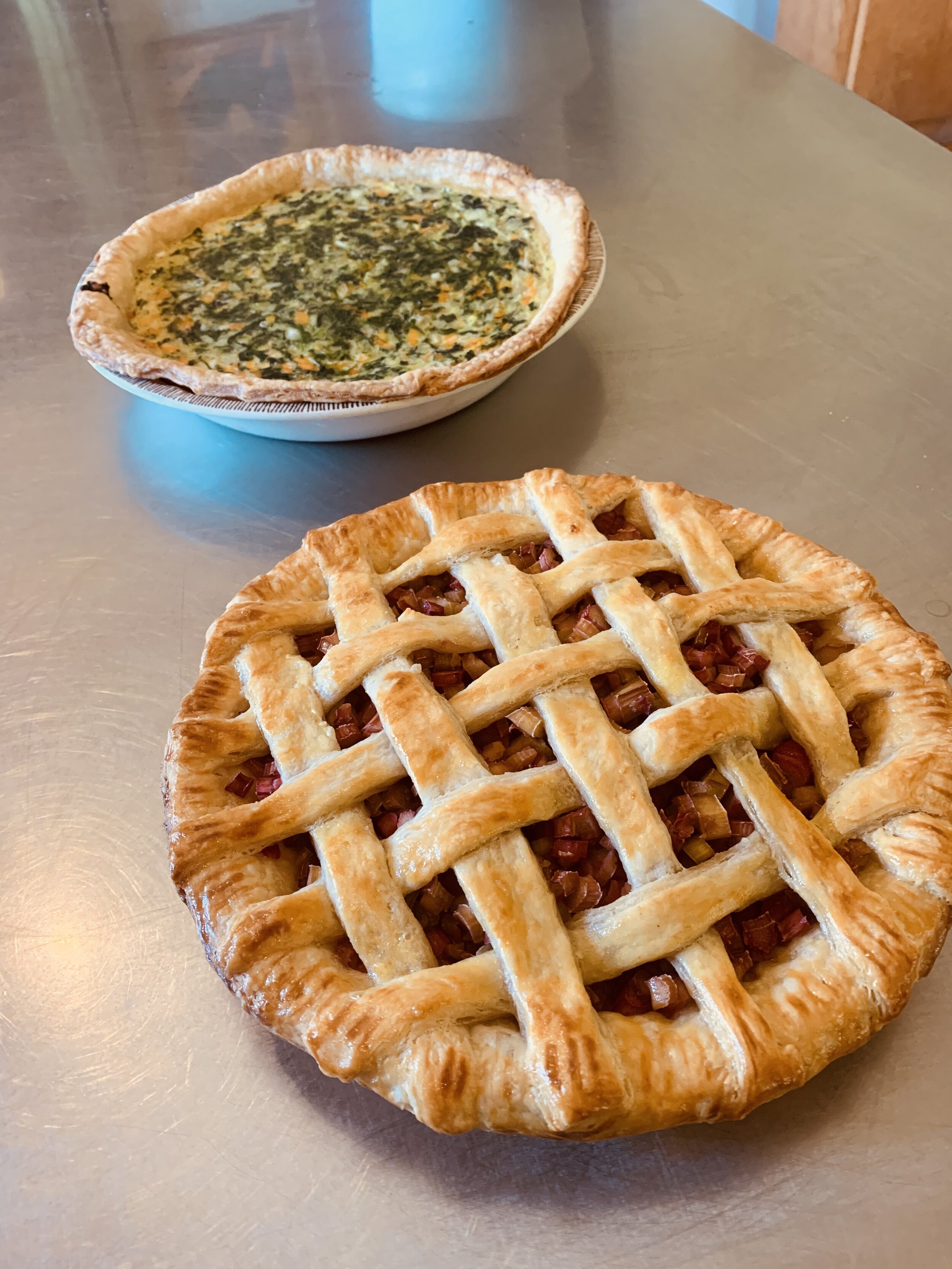












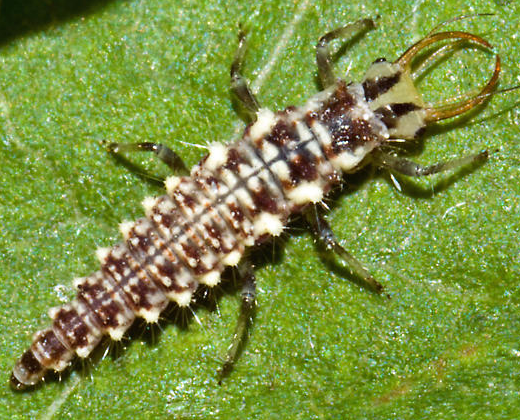









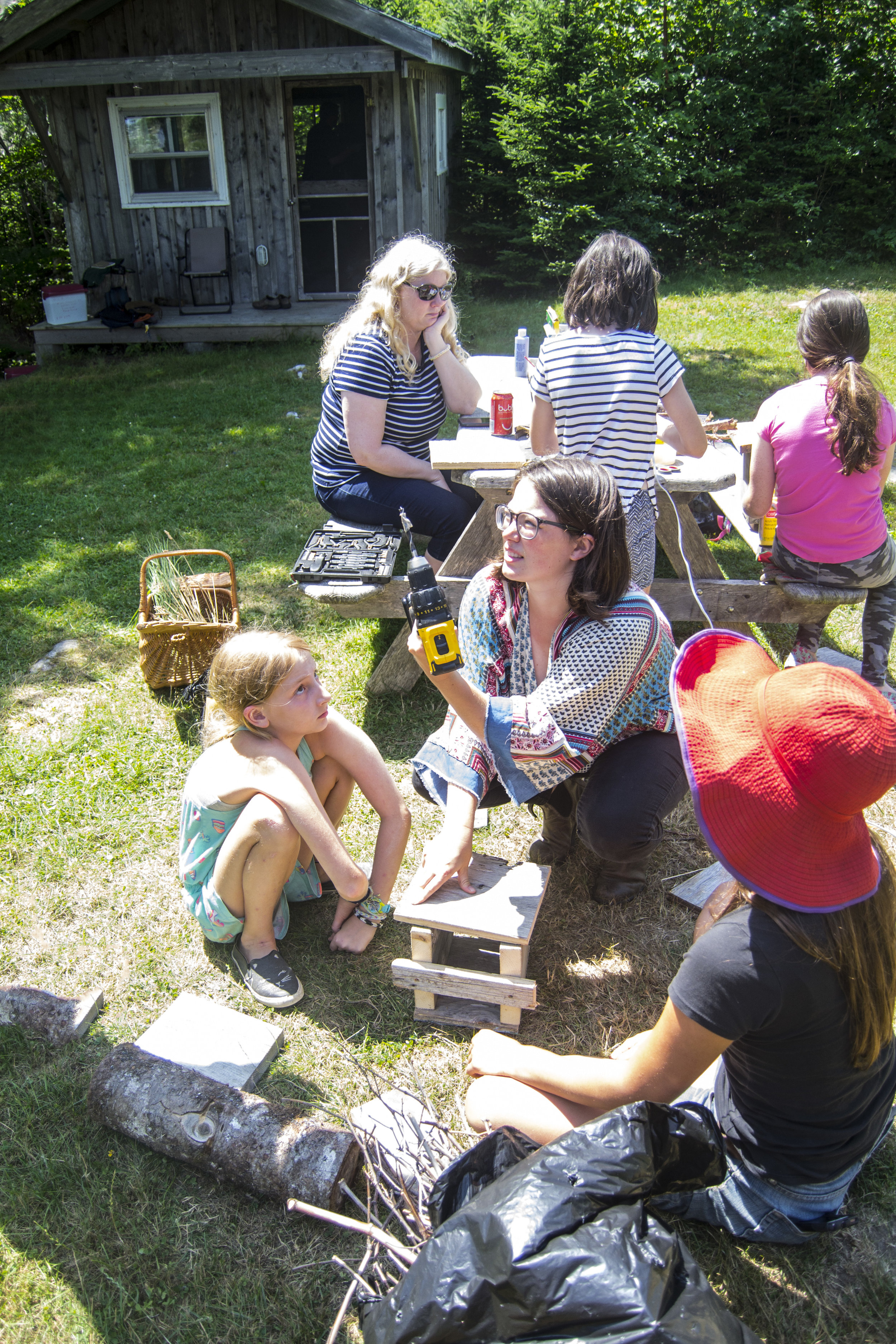











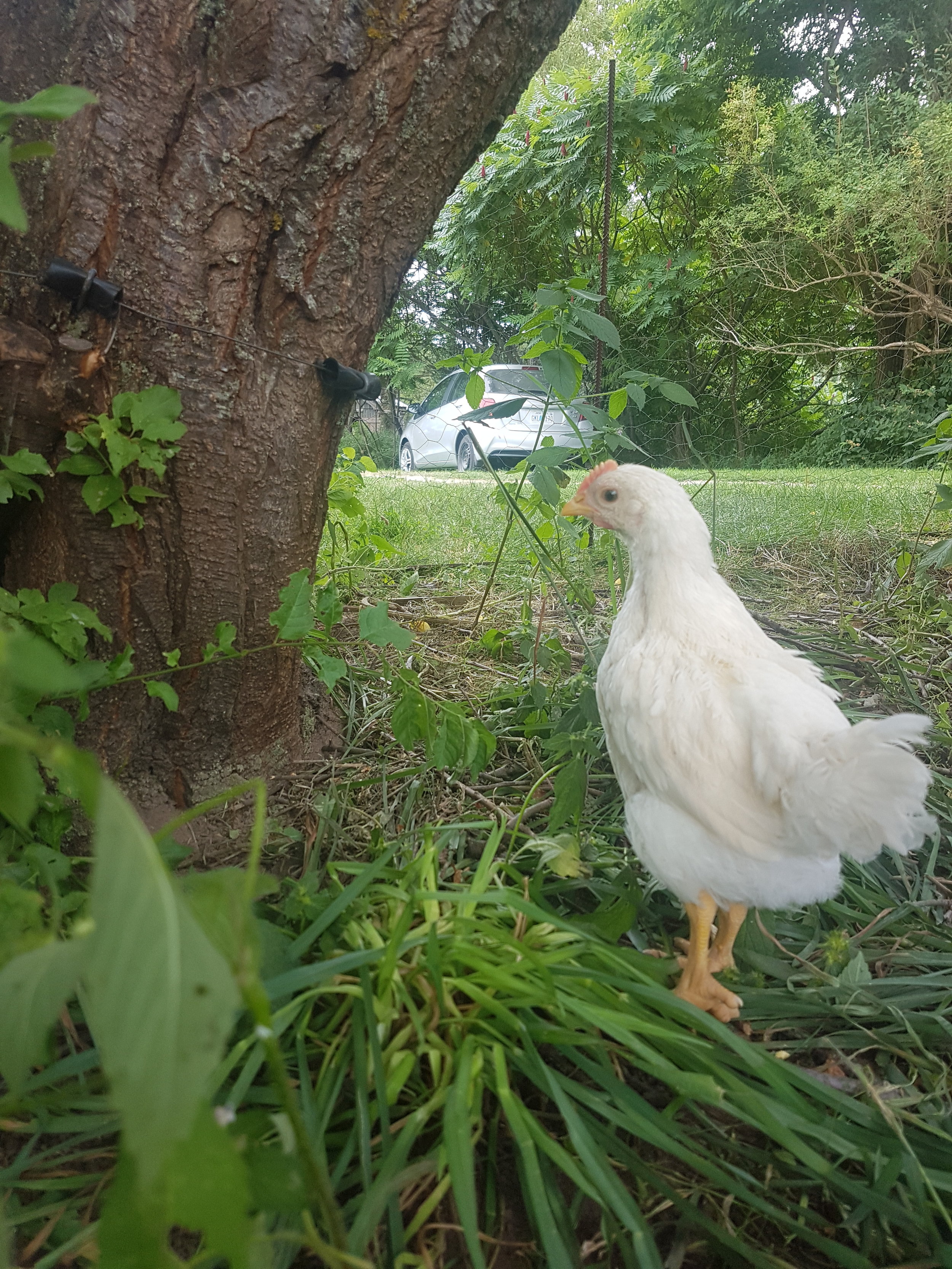

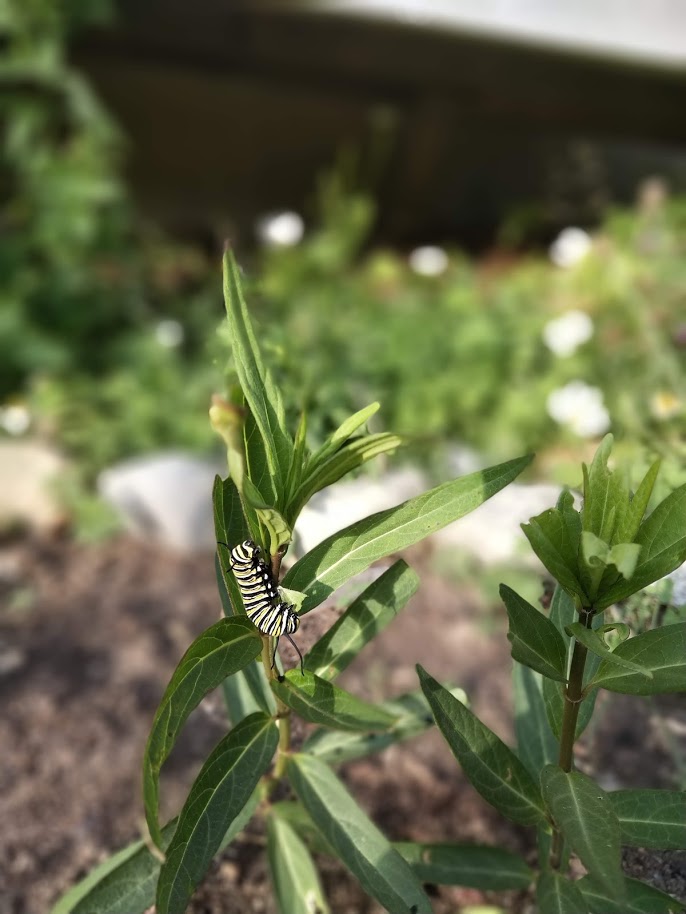



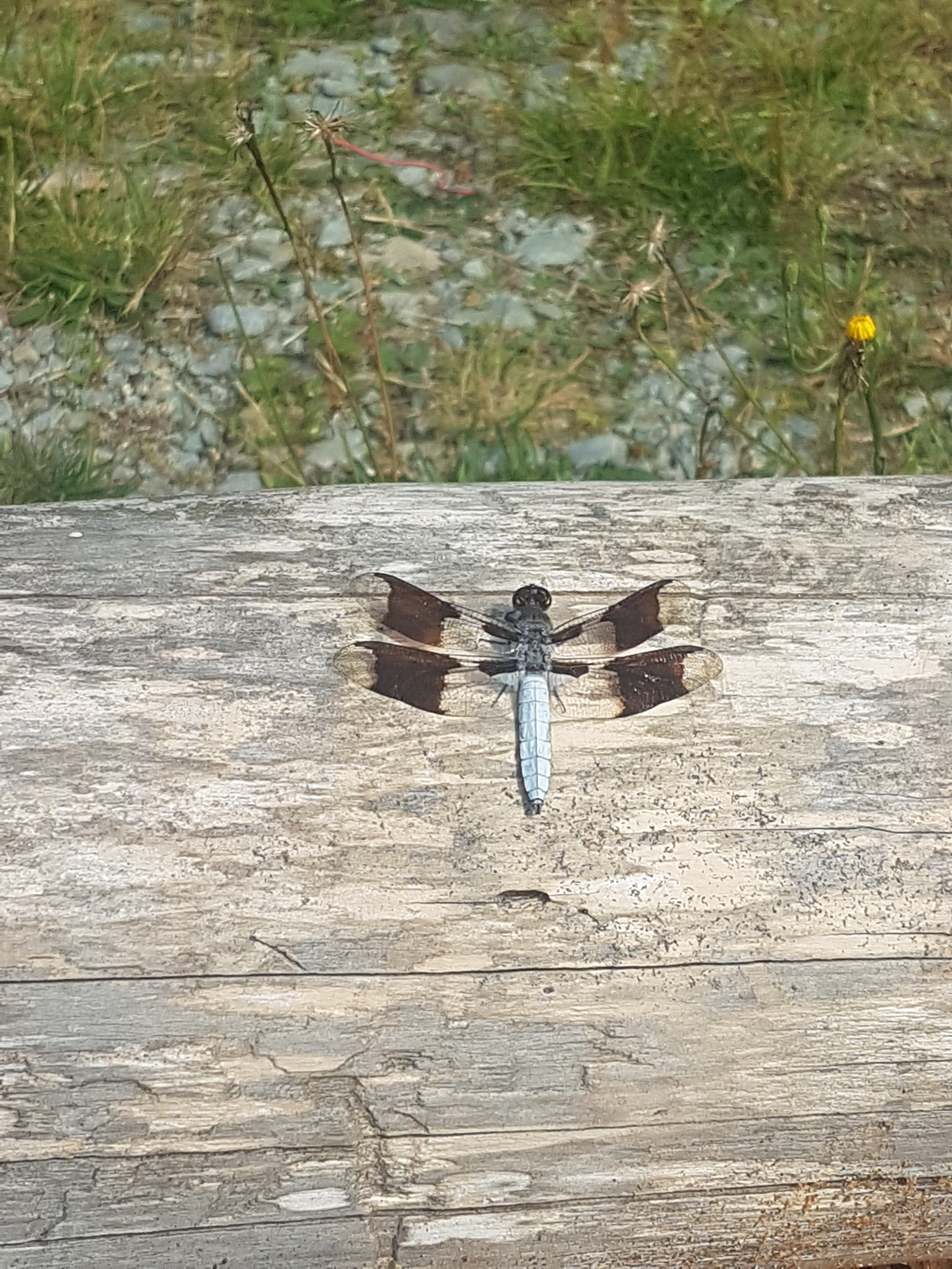

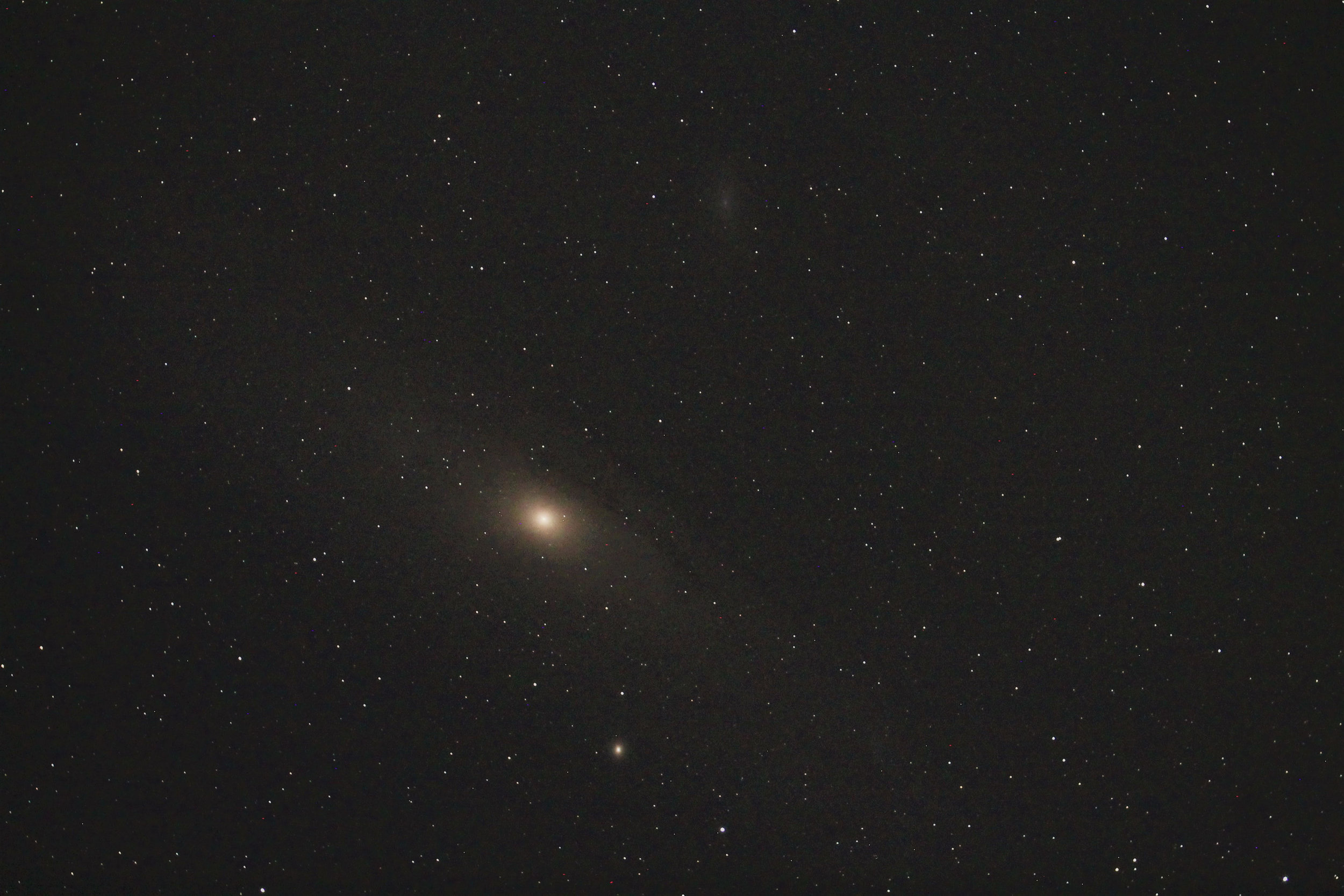

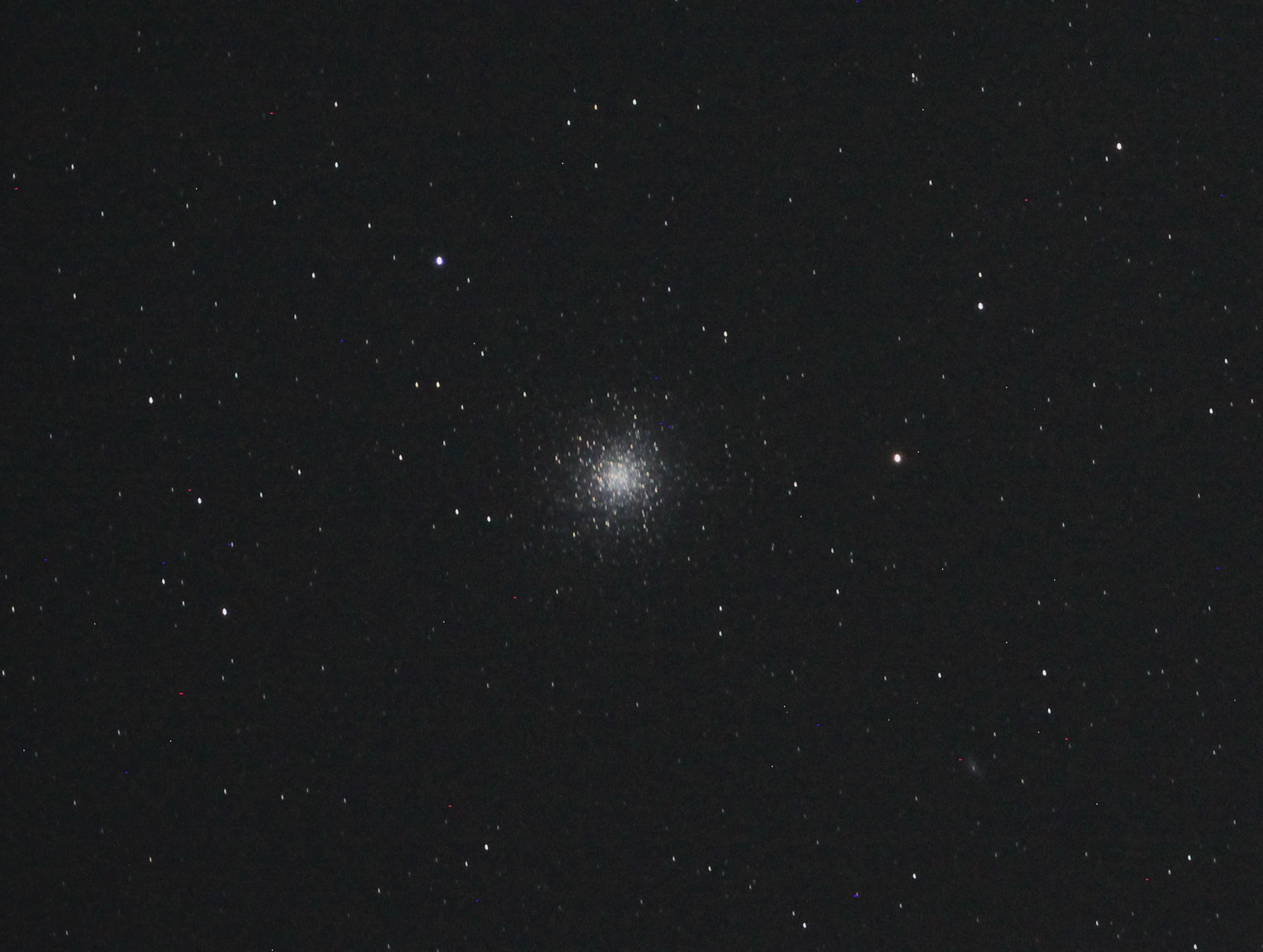

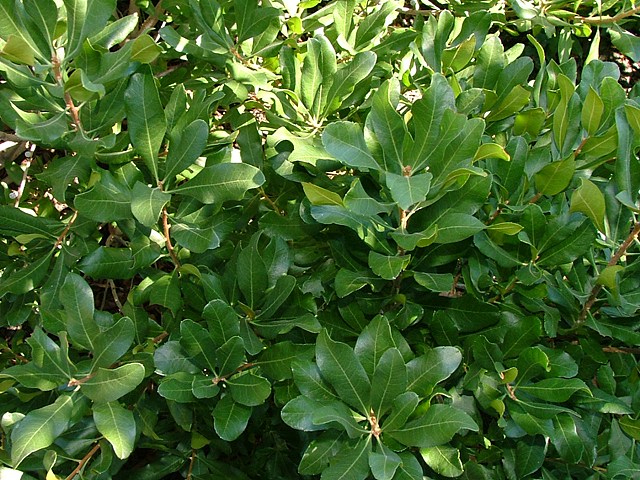

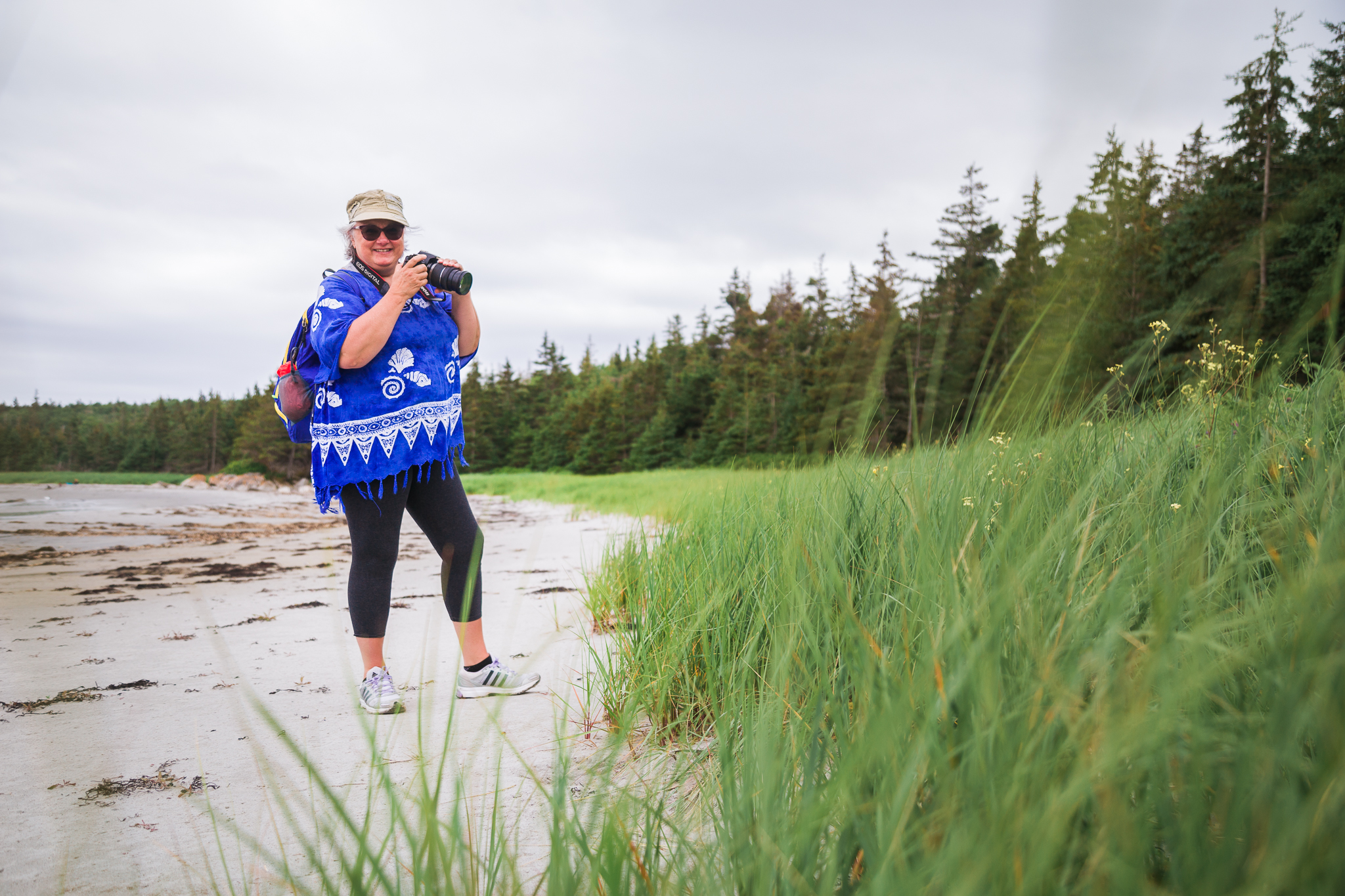

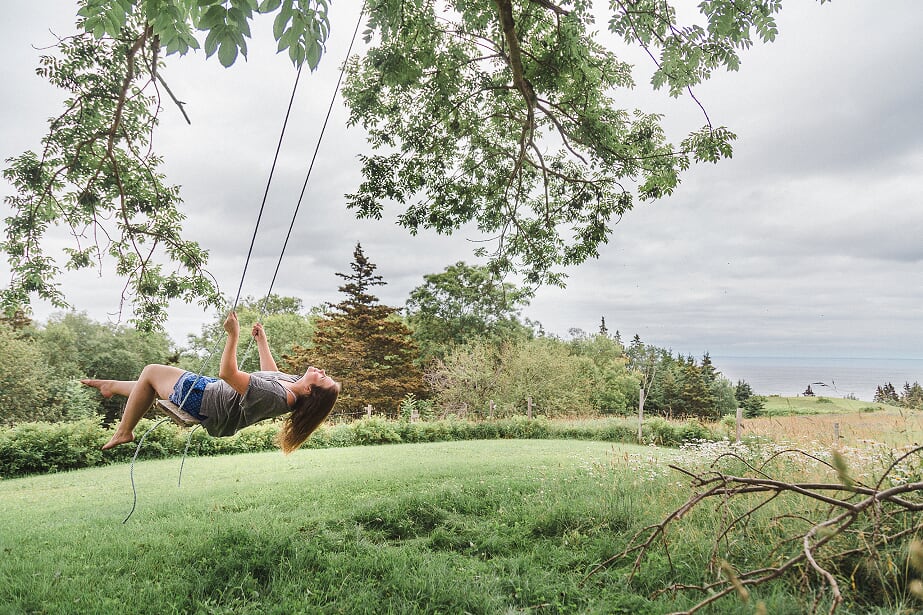
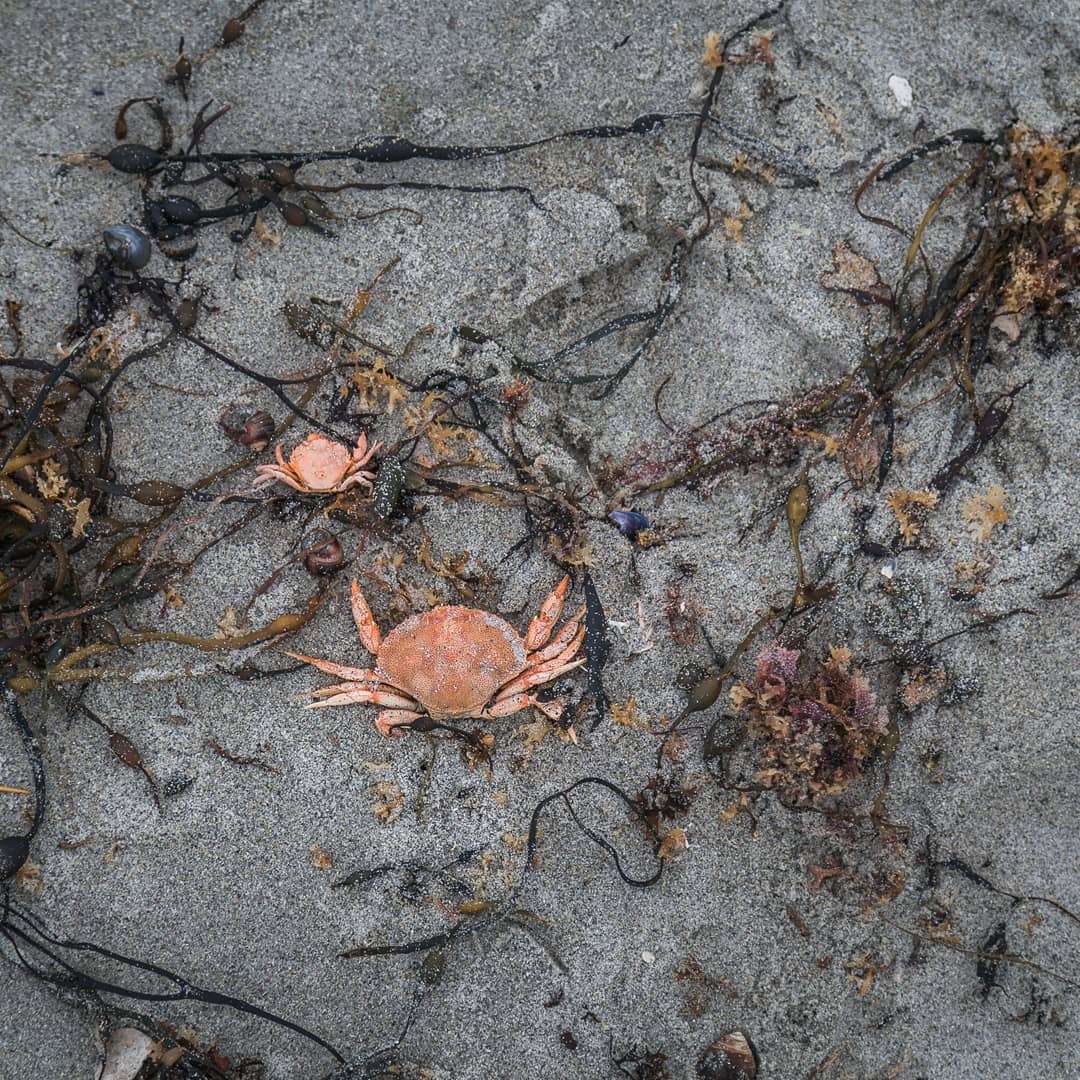



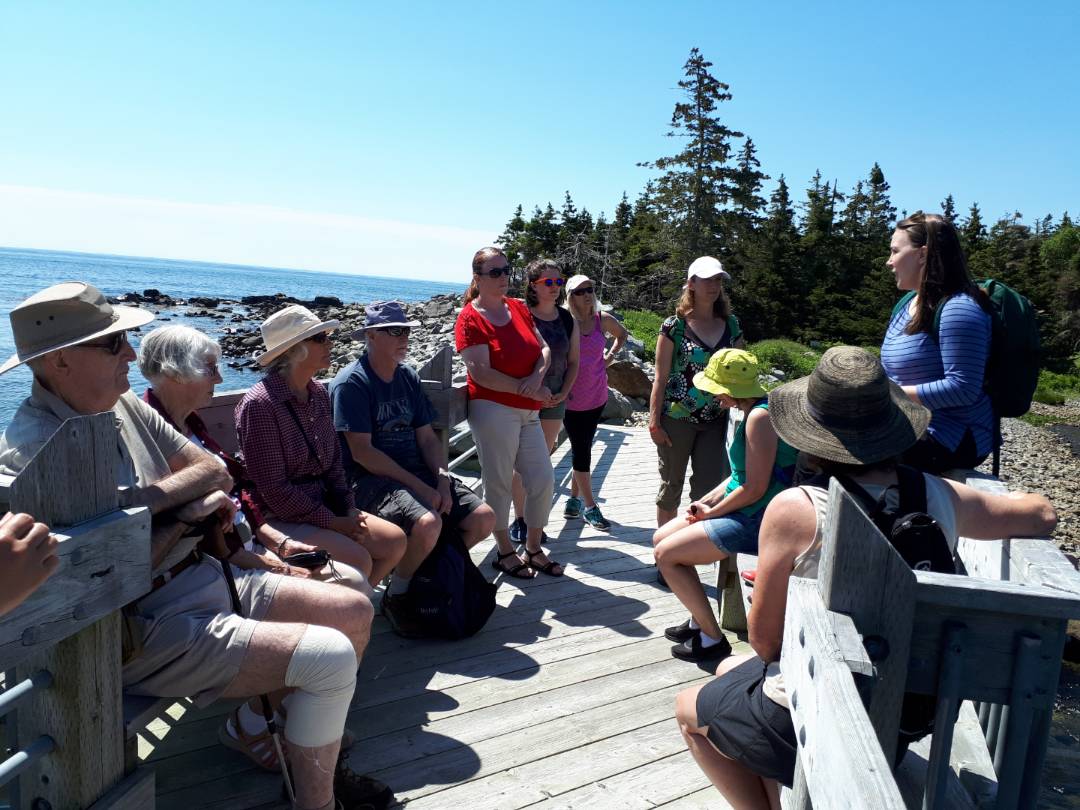
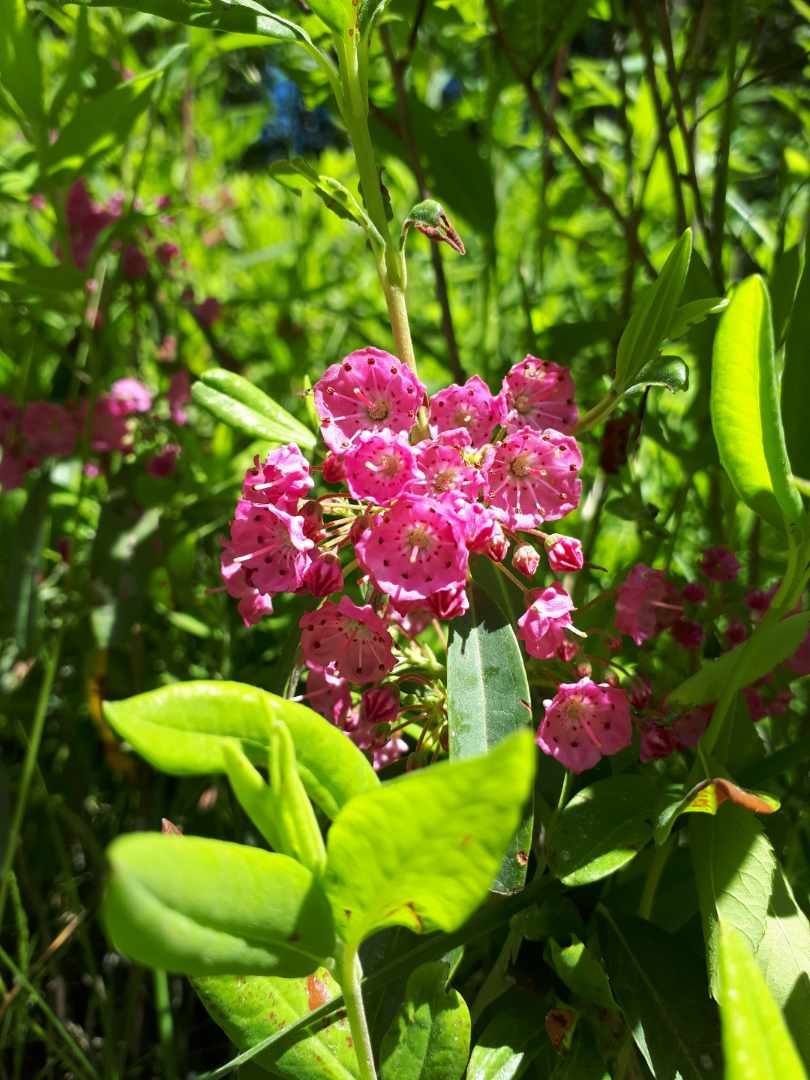
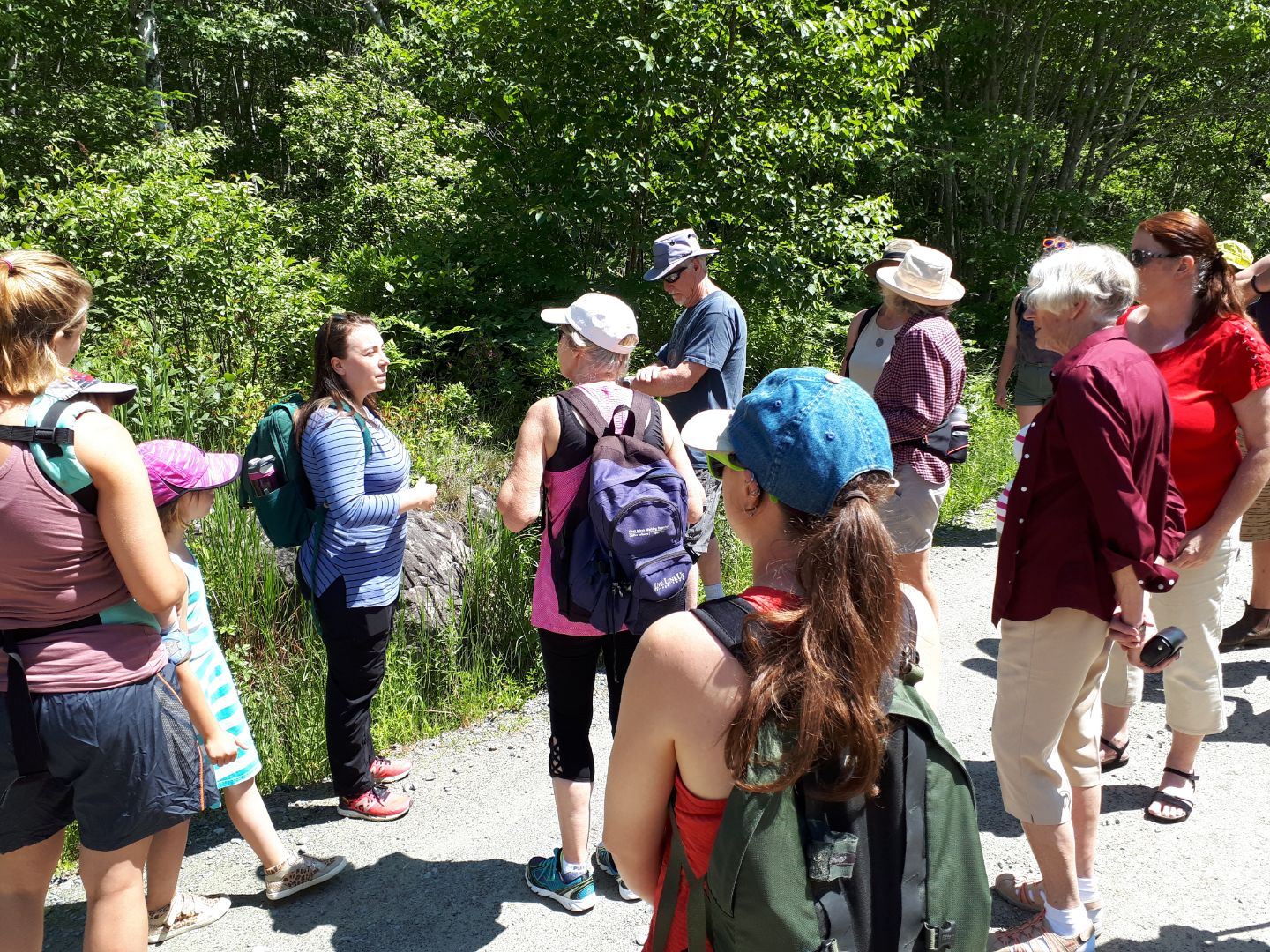
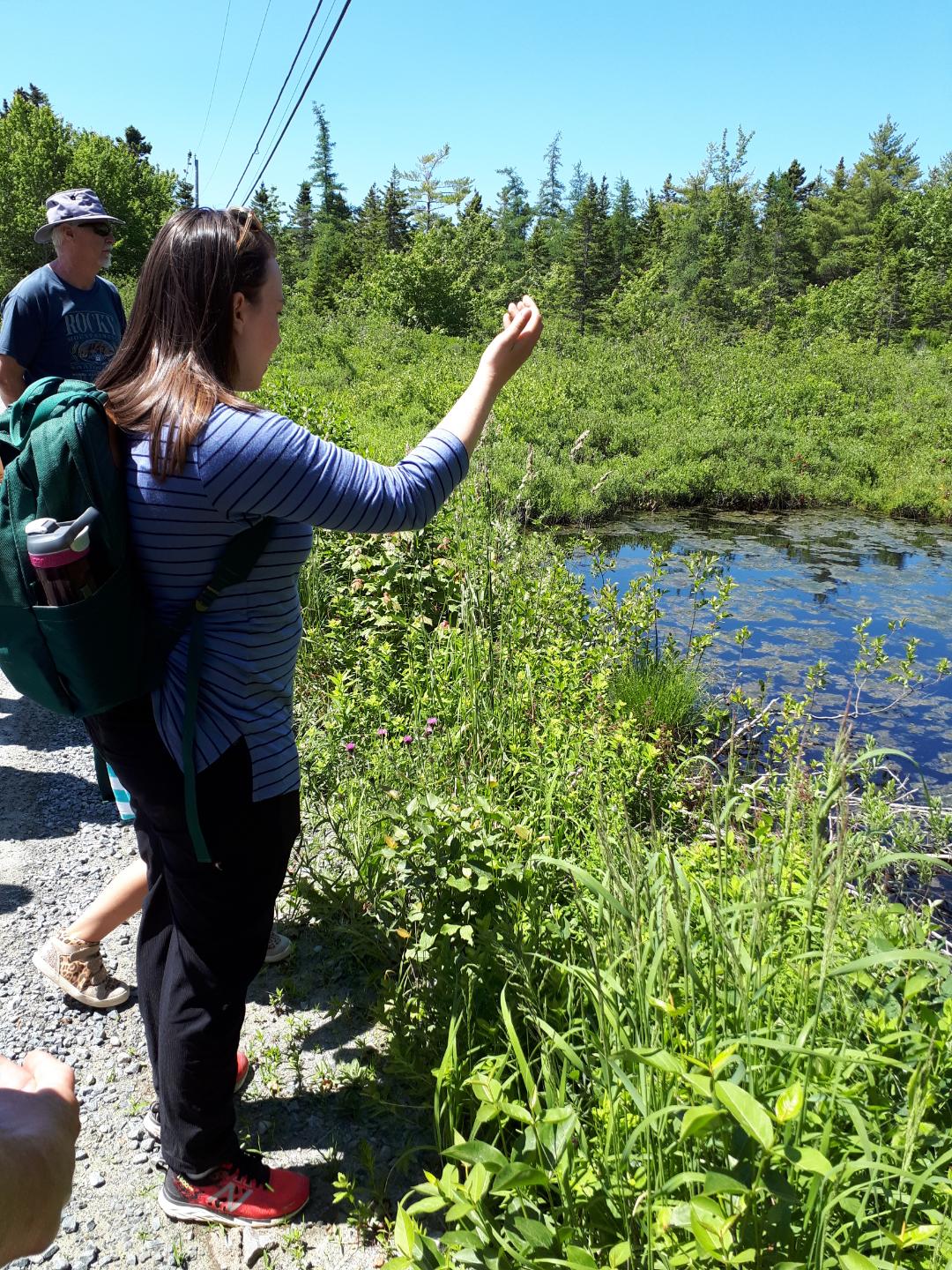



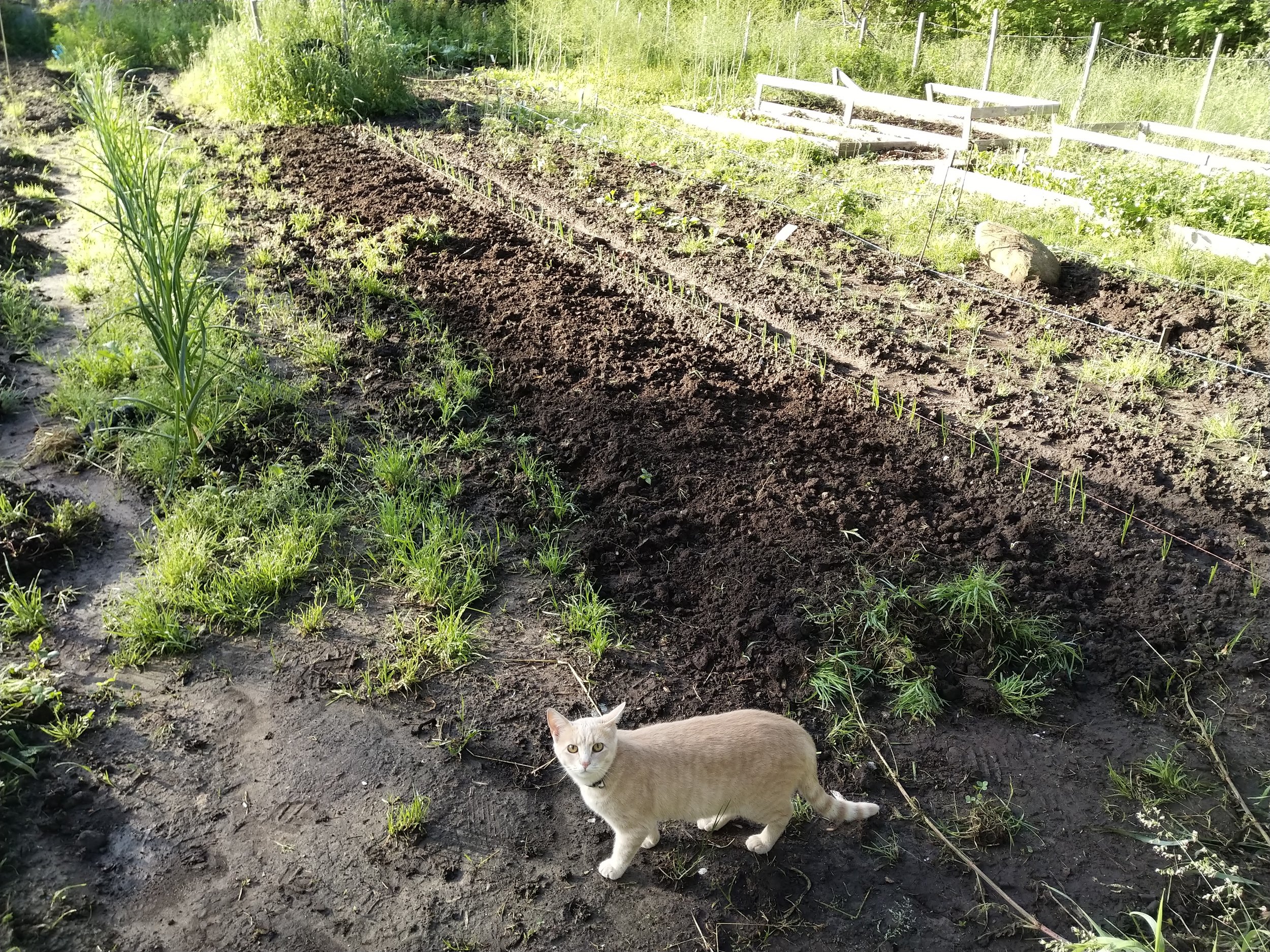
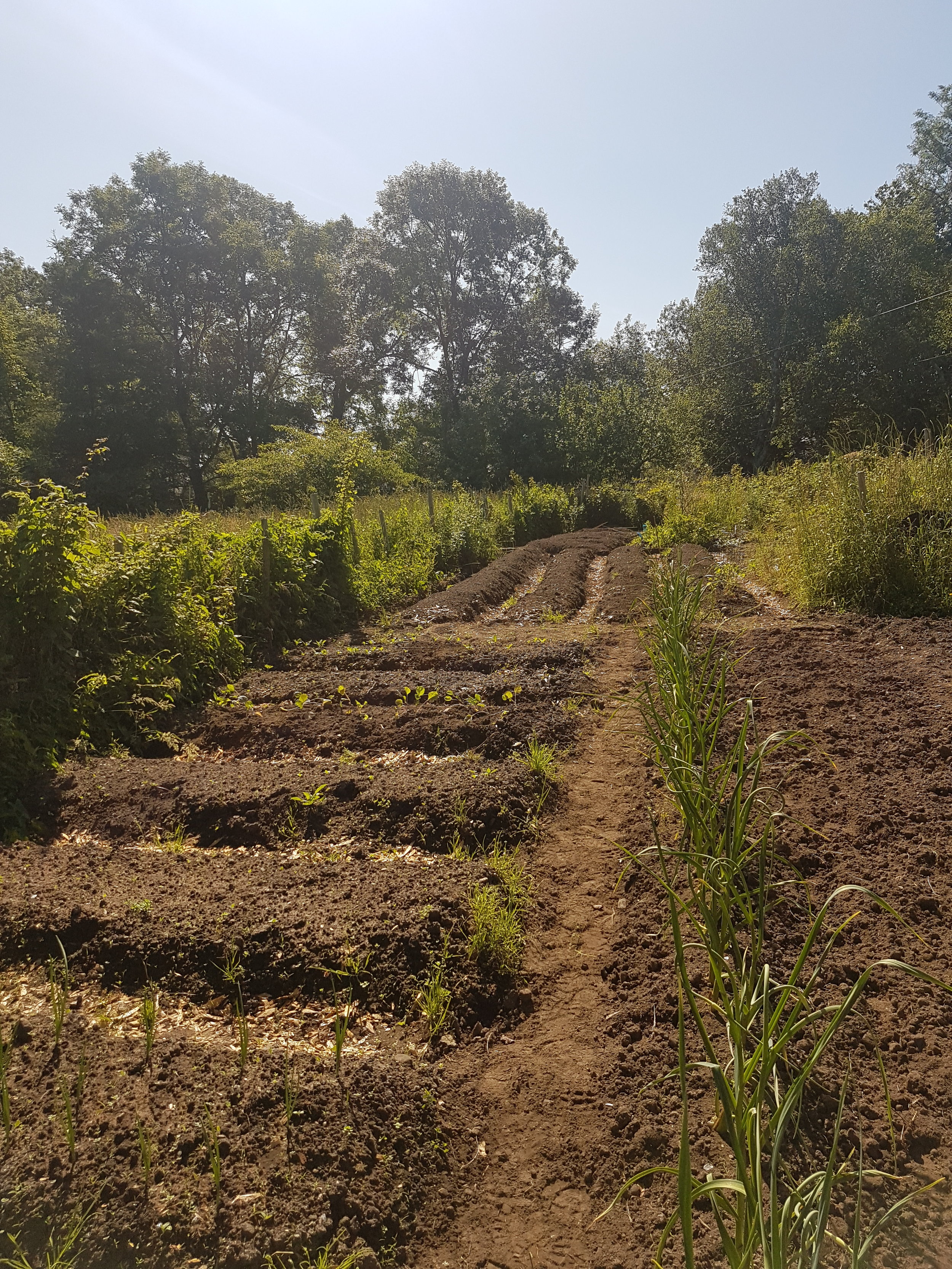
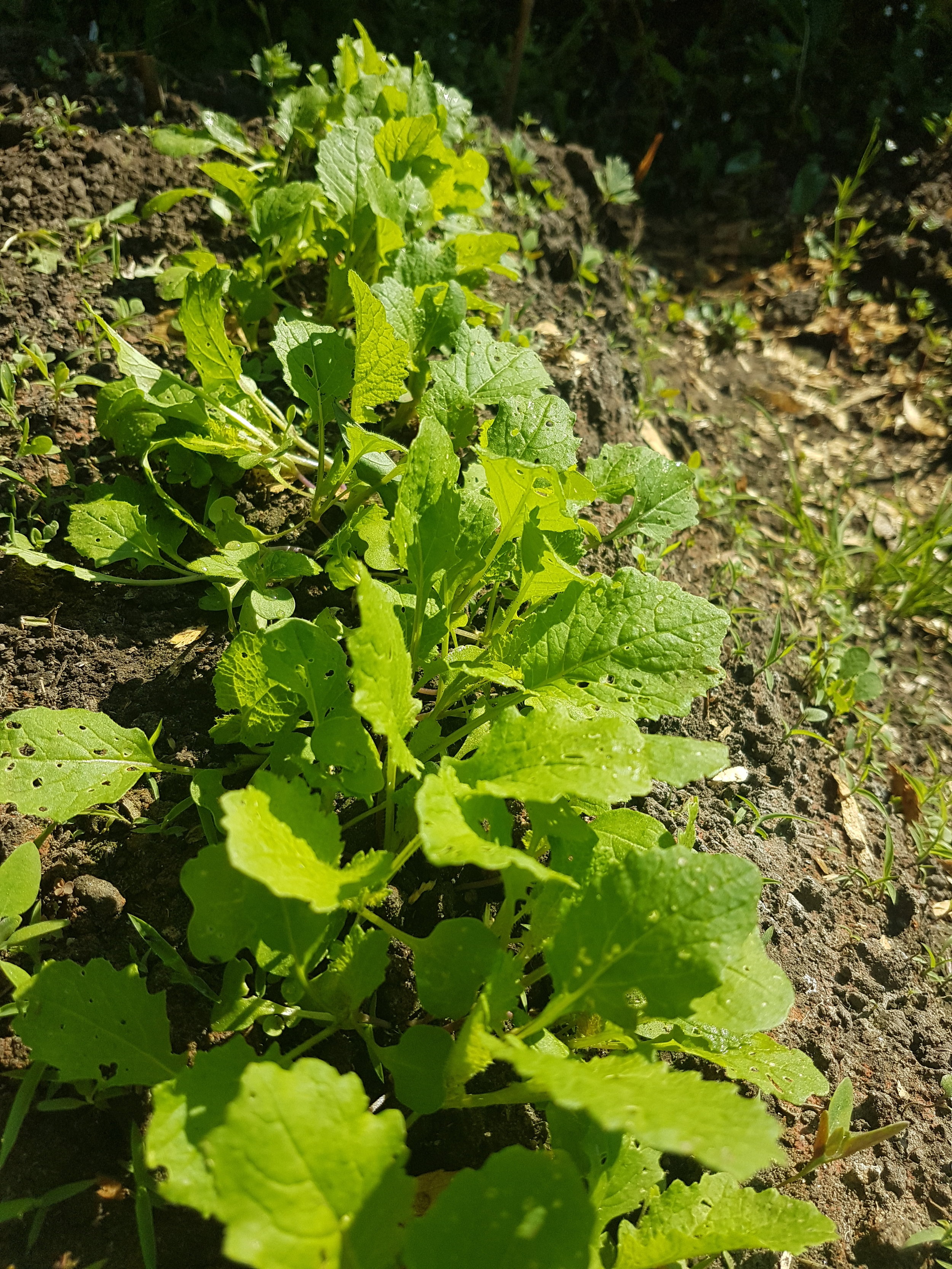


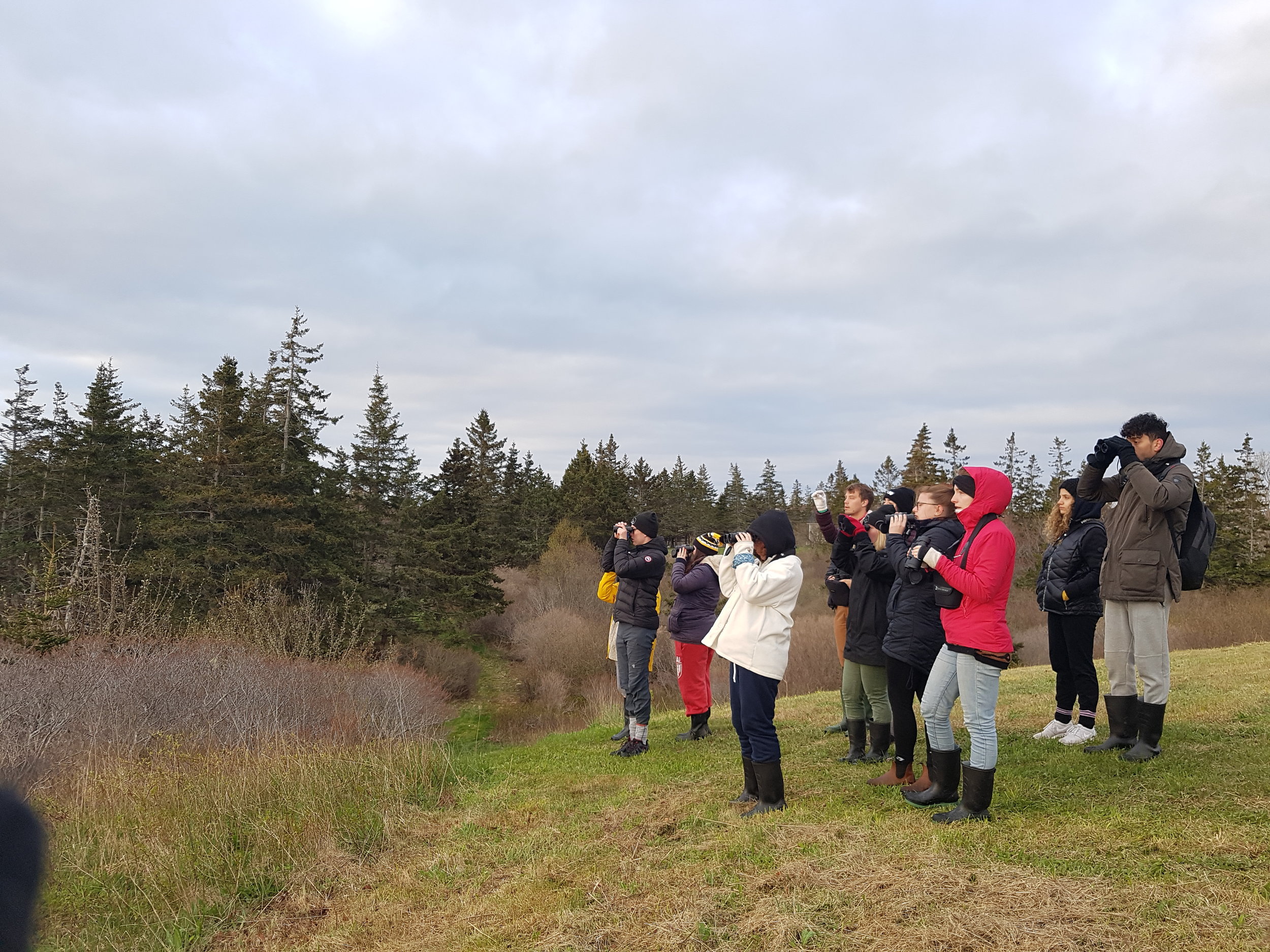




![IMG_0802[1].JPG](https://images.squarespace-cdn.com/content/v1/522bcbe7e4b0bb402a7e892c/1538569317250-IB37VJ8H7TPKZOS59CNV/IMG_0802%5B1%5D.JPG)
![IMG_0797[1].JPG](https://images.squarespace-cdn.com/content/v1/522bcbe7e4b0bb402a7e892c/1538569370450-0BK3NSZHI8JUU04SL8ZD/IMG_0797%5B1%5D.JPG)



